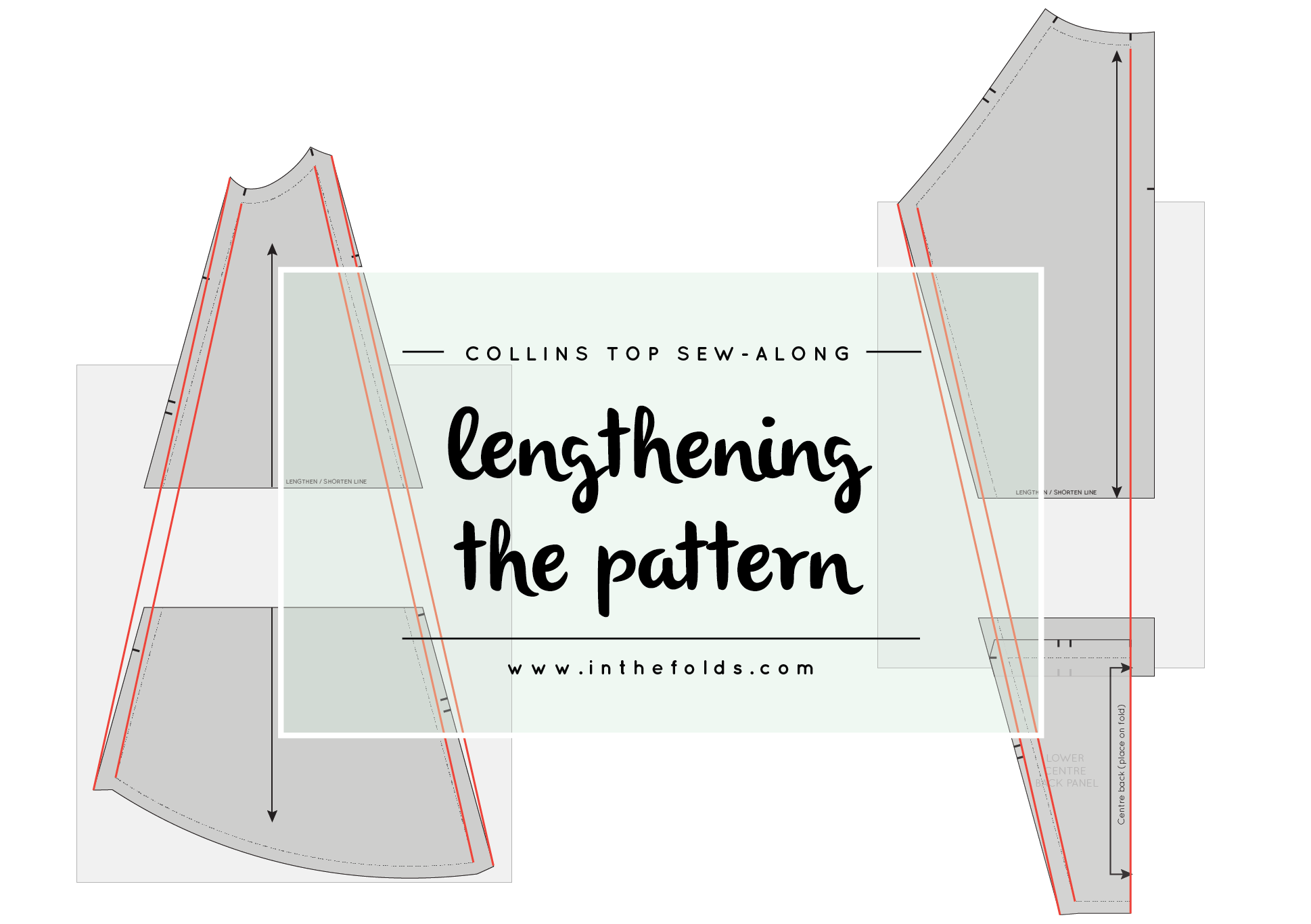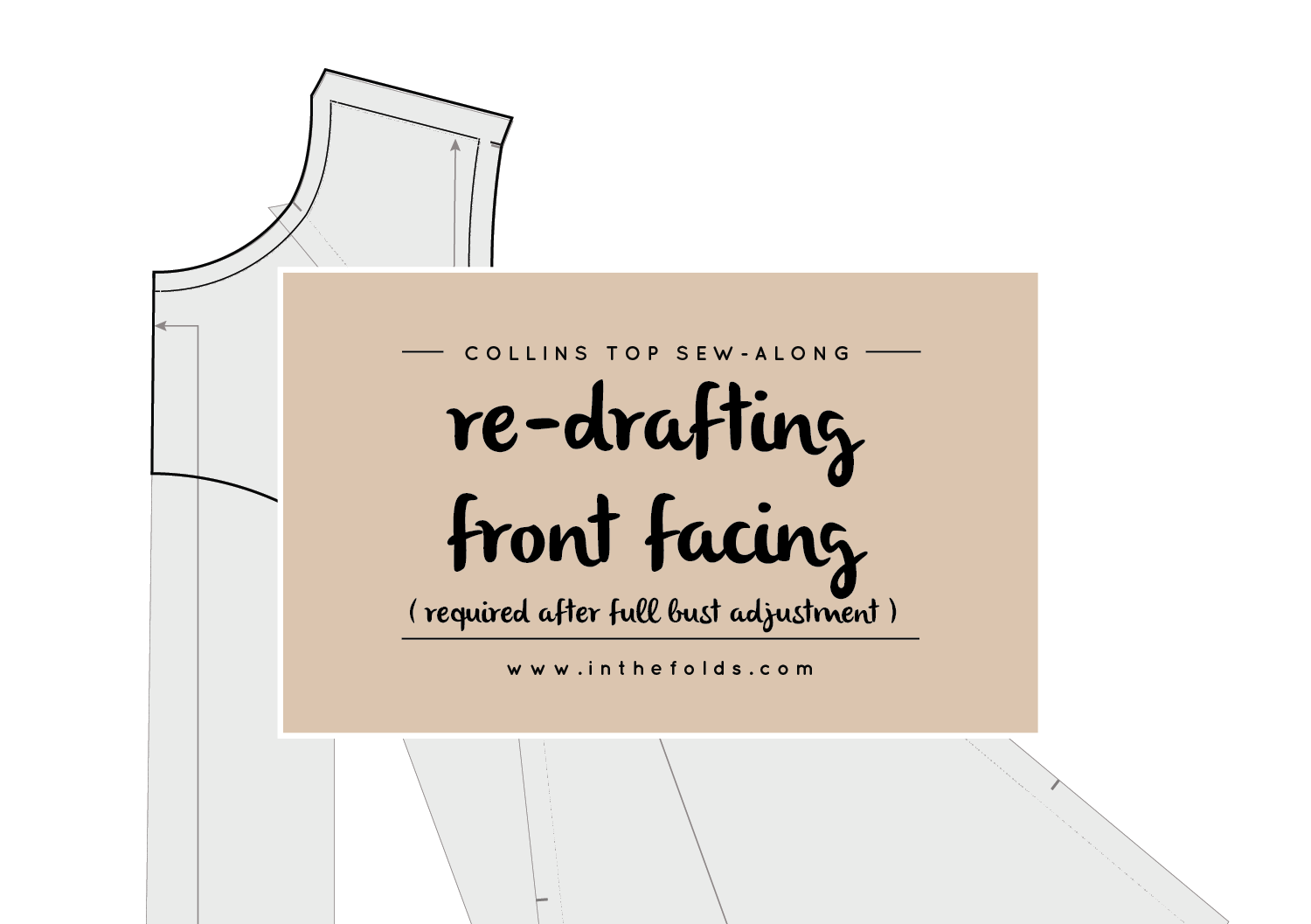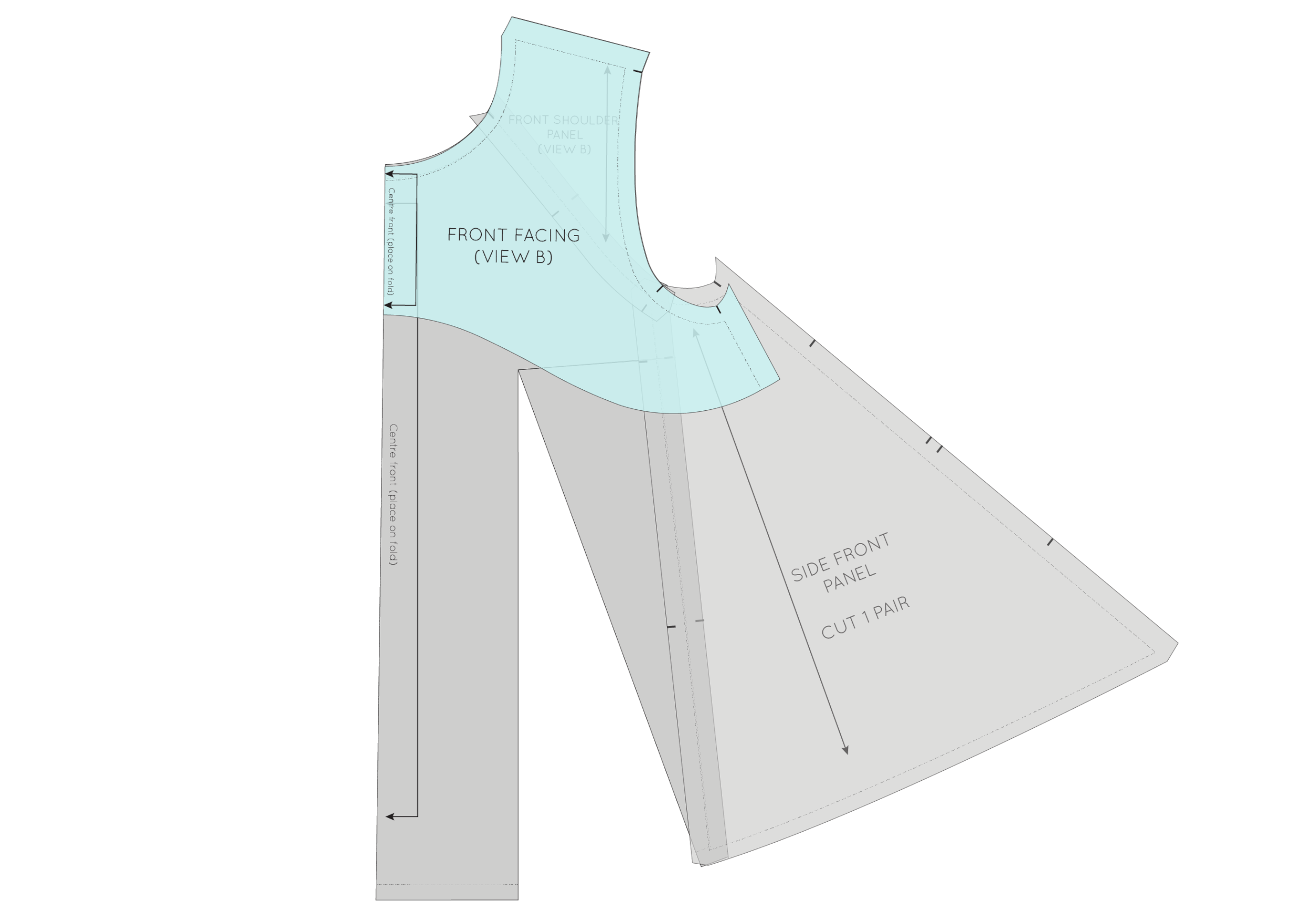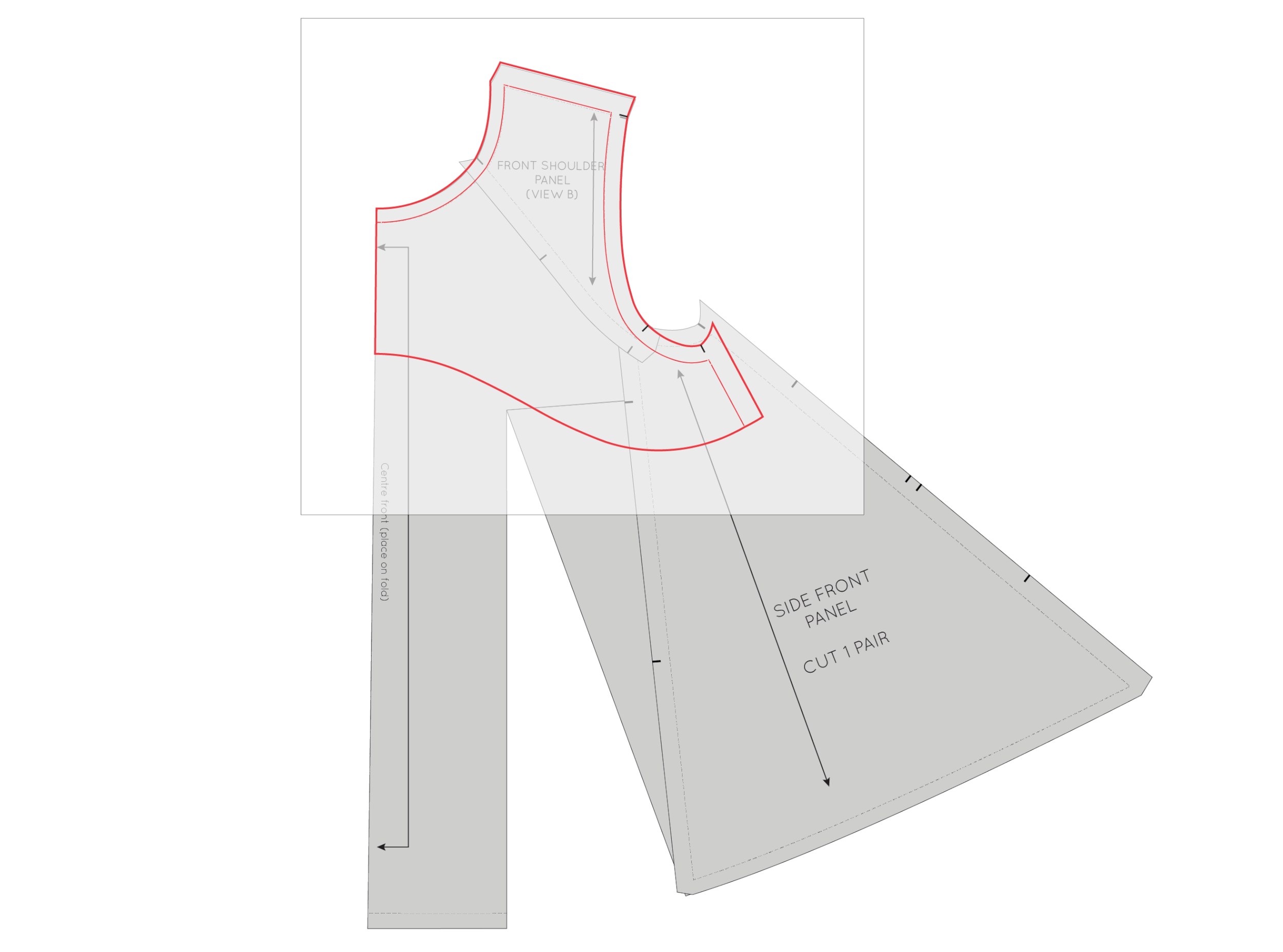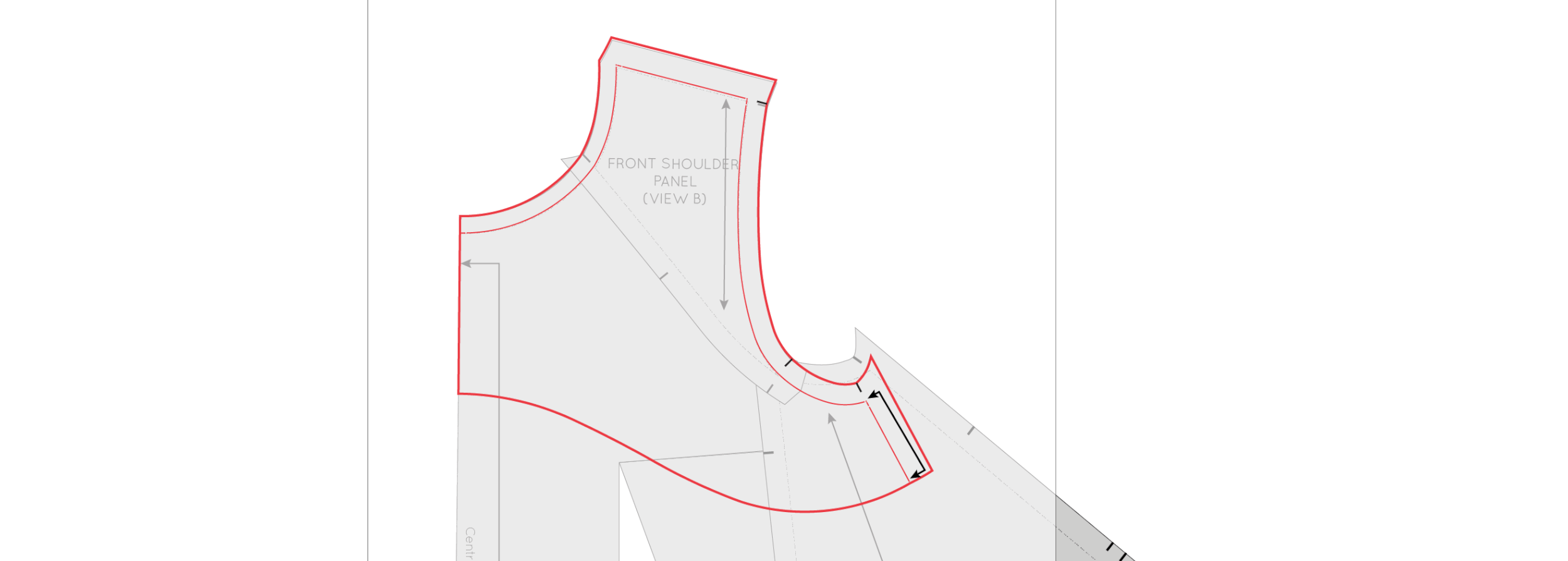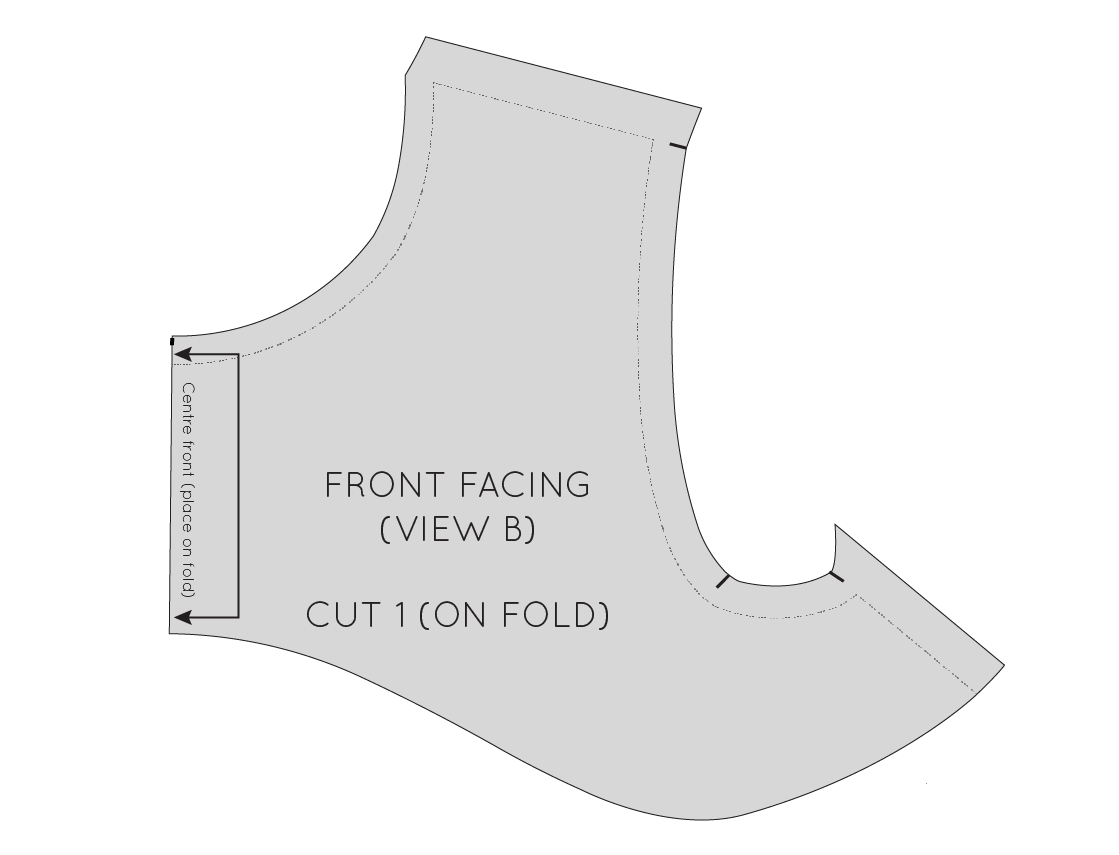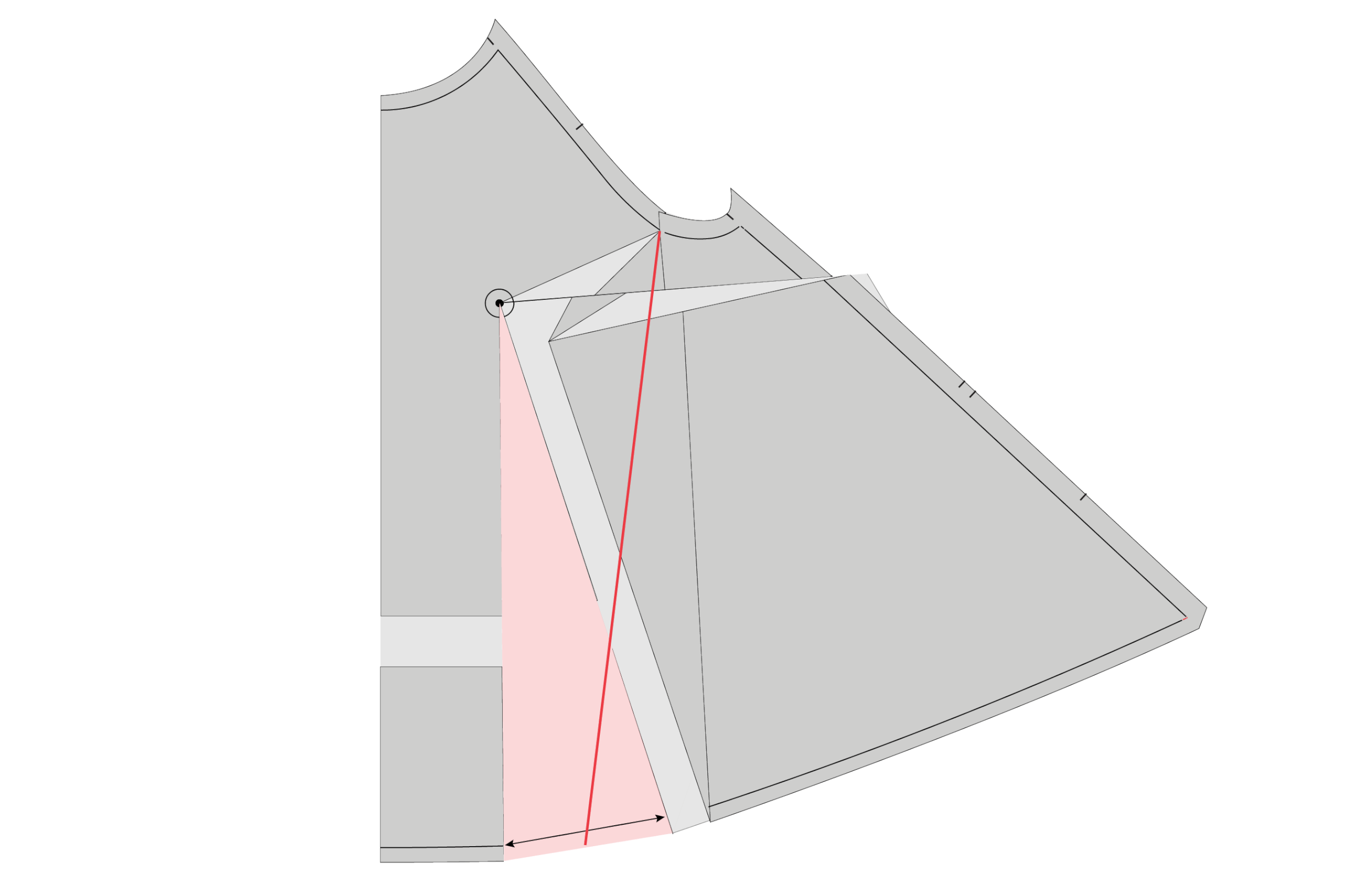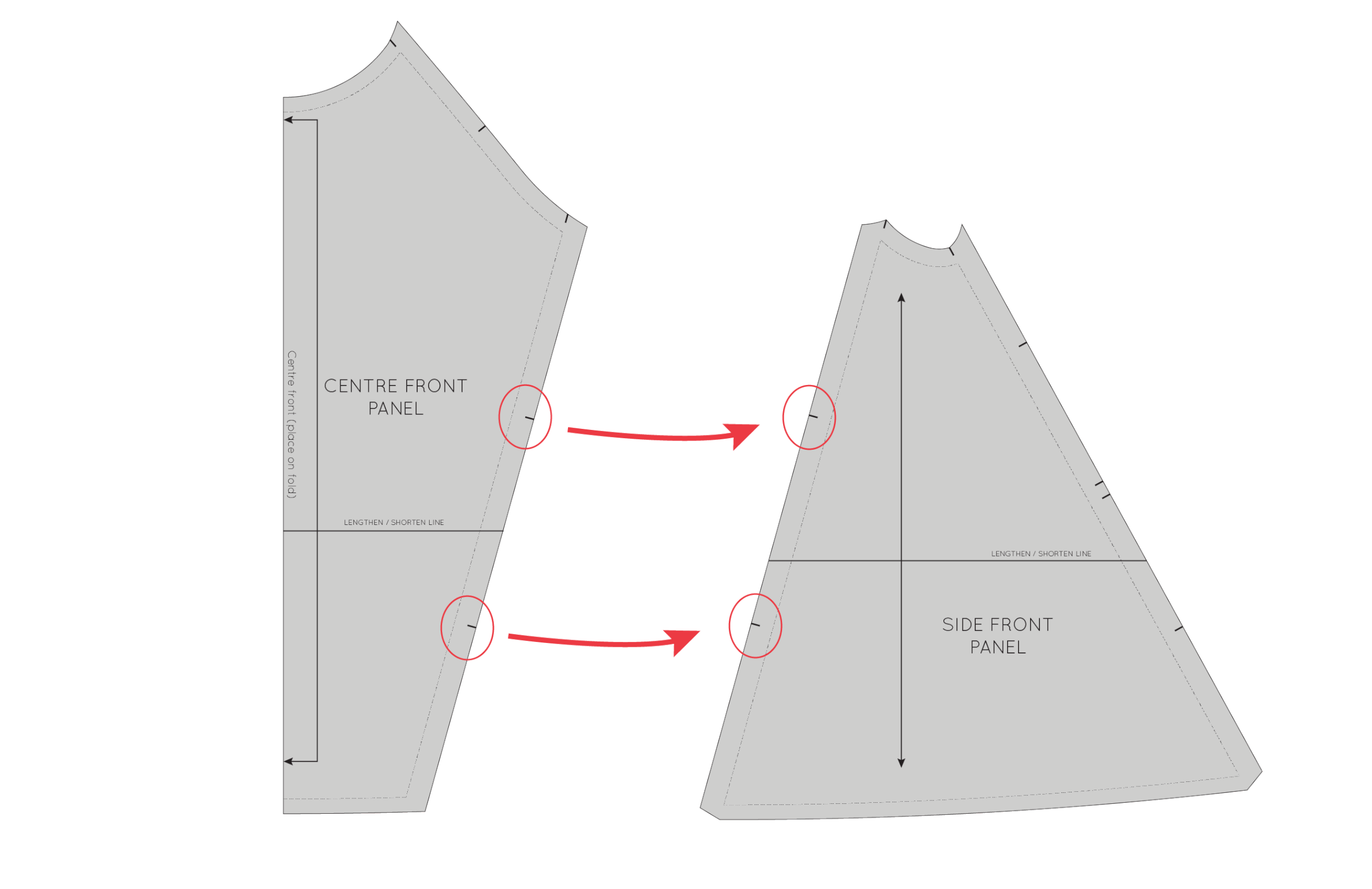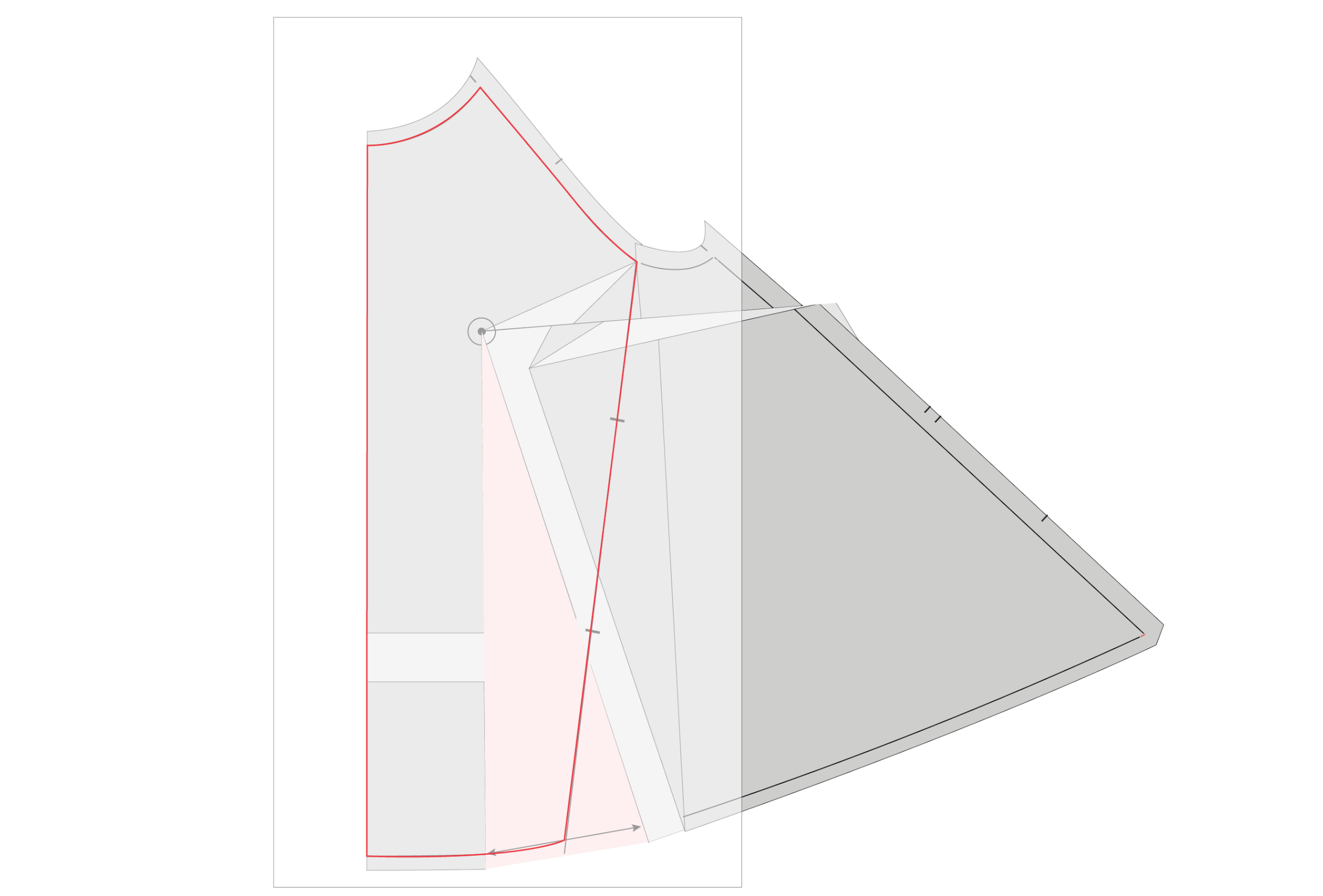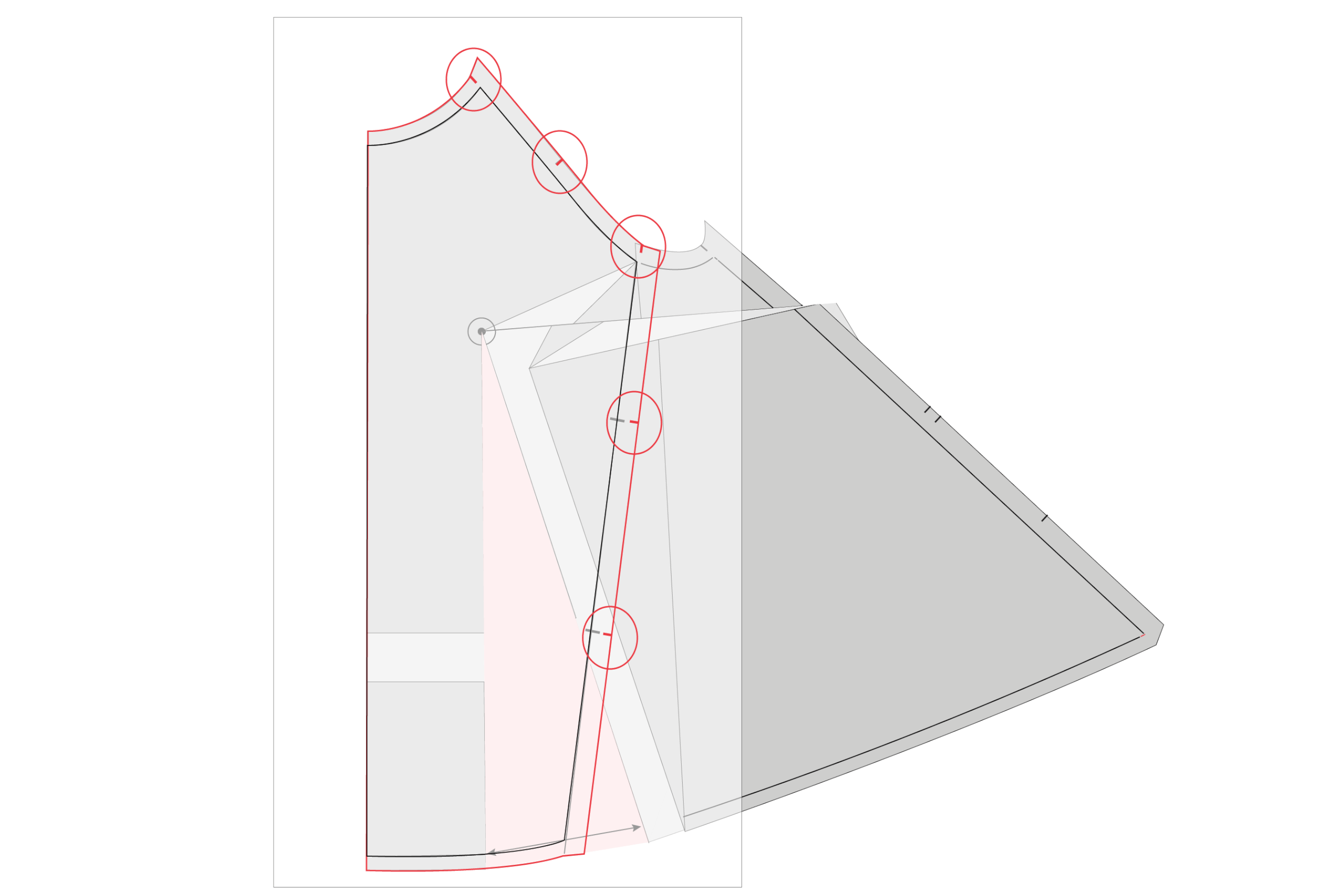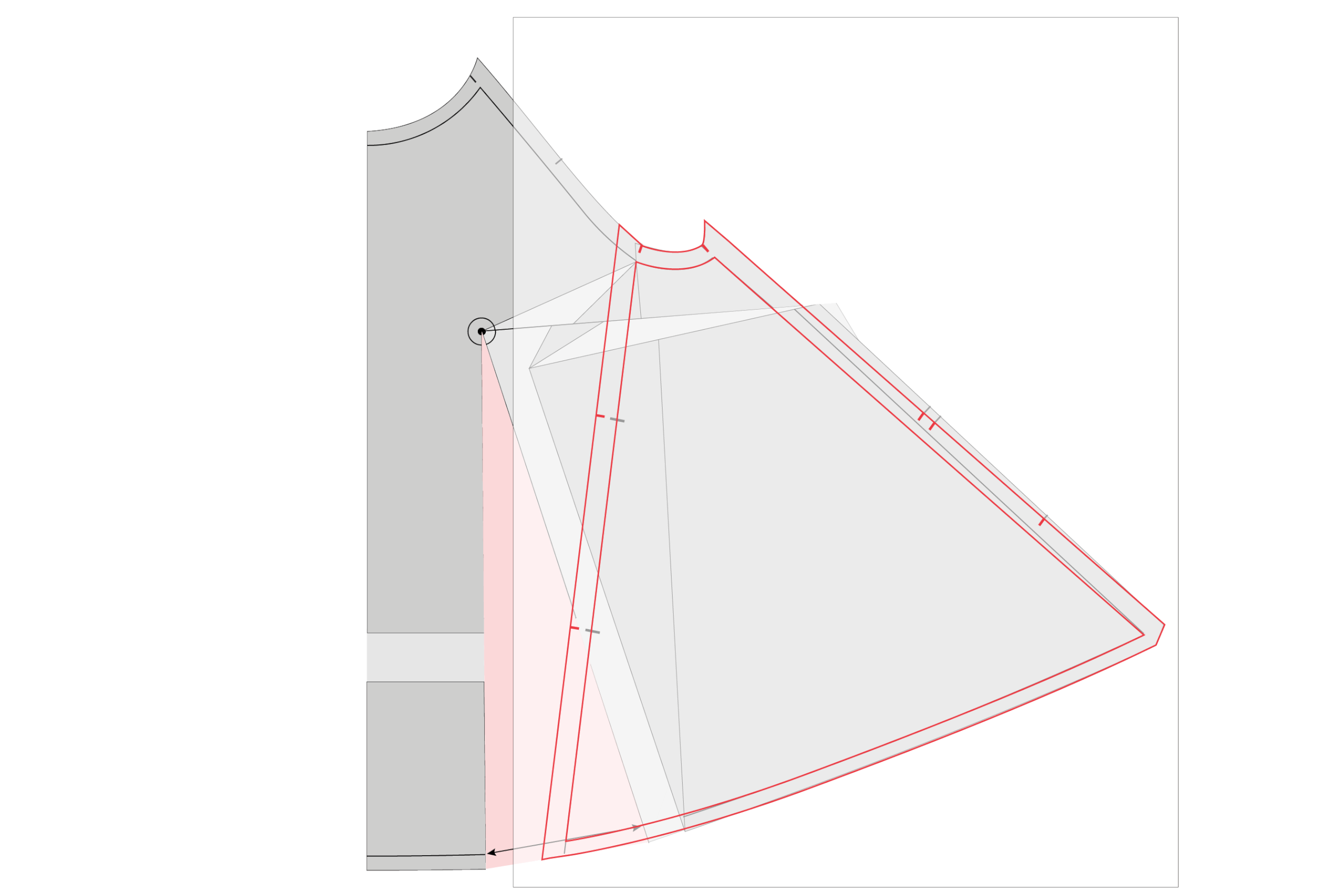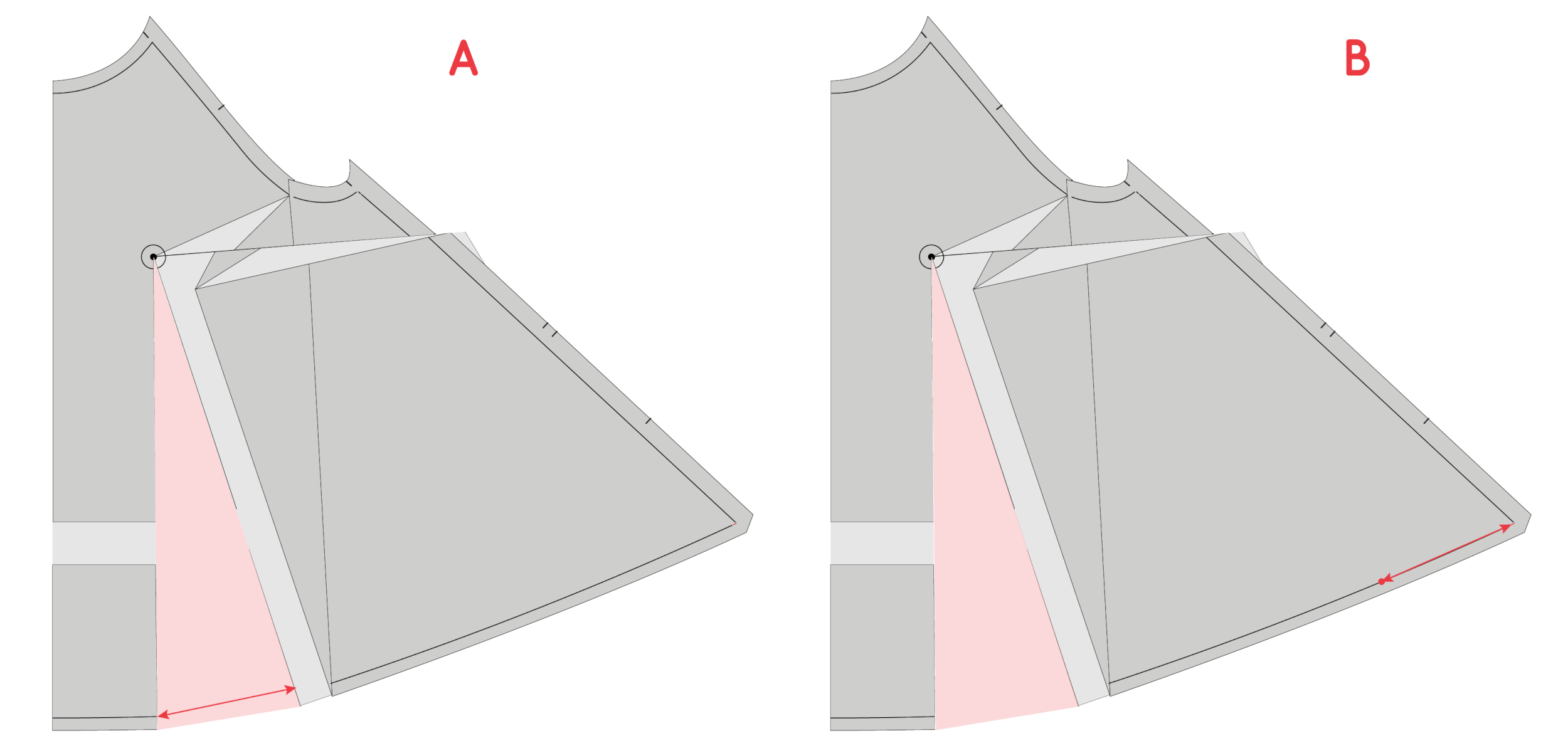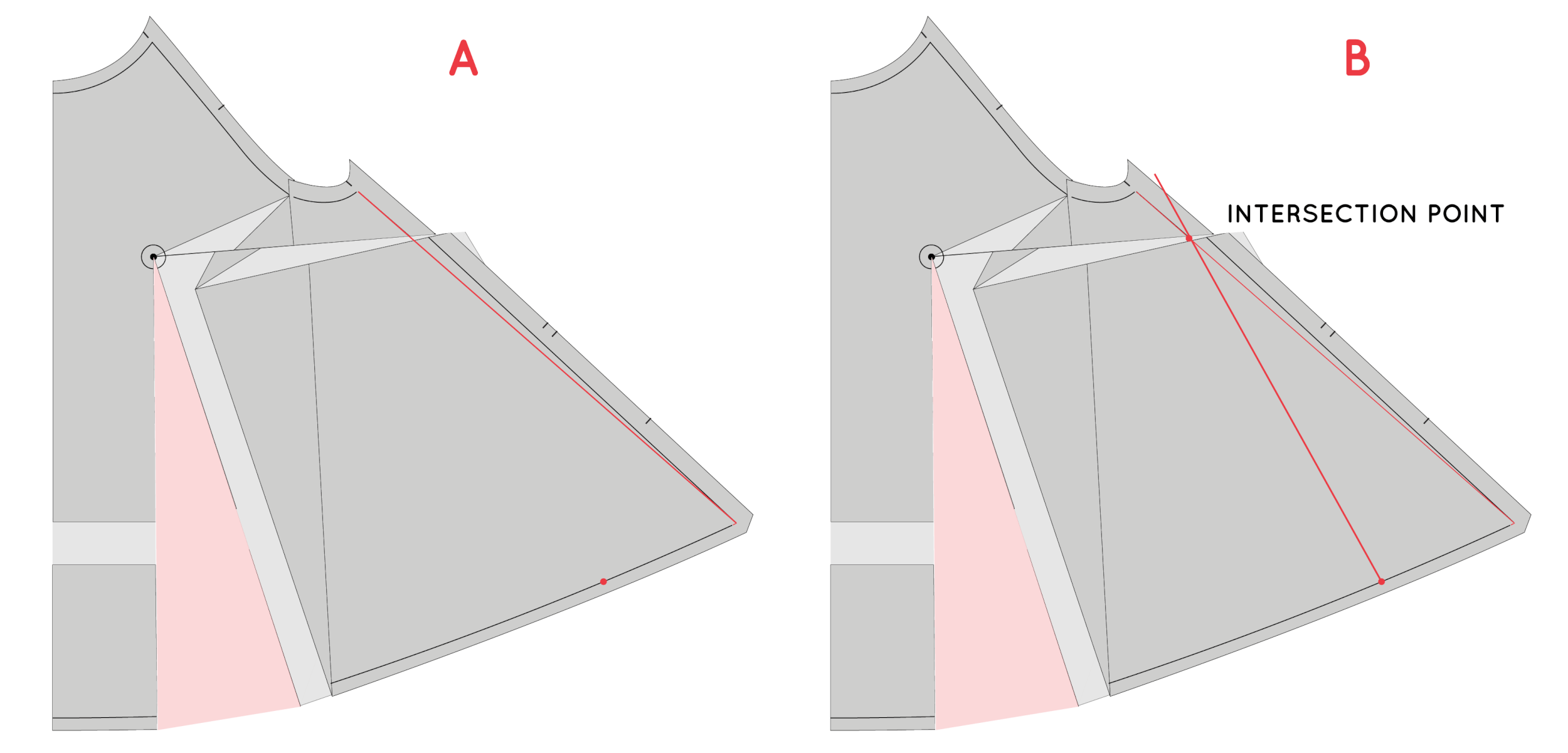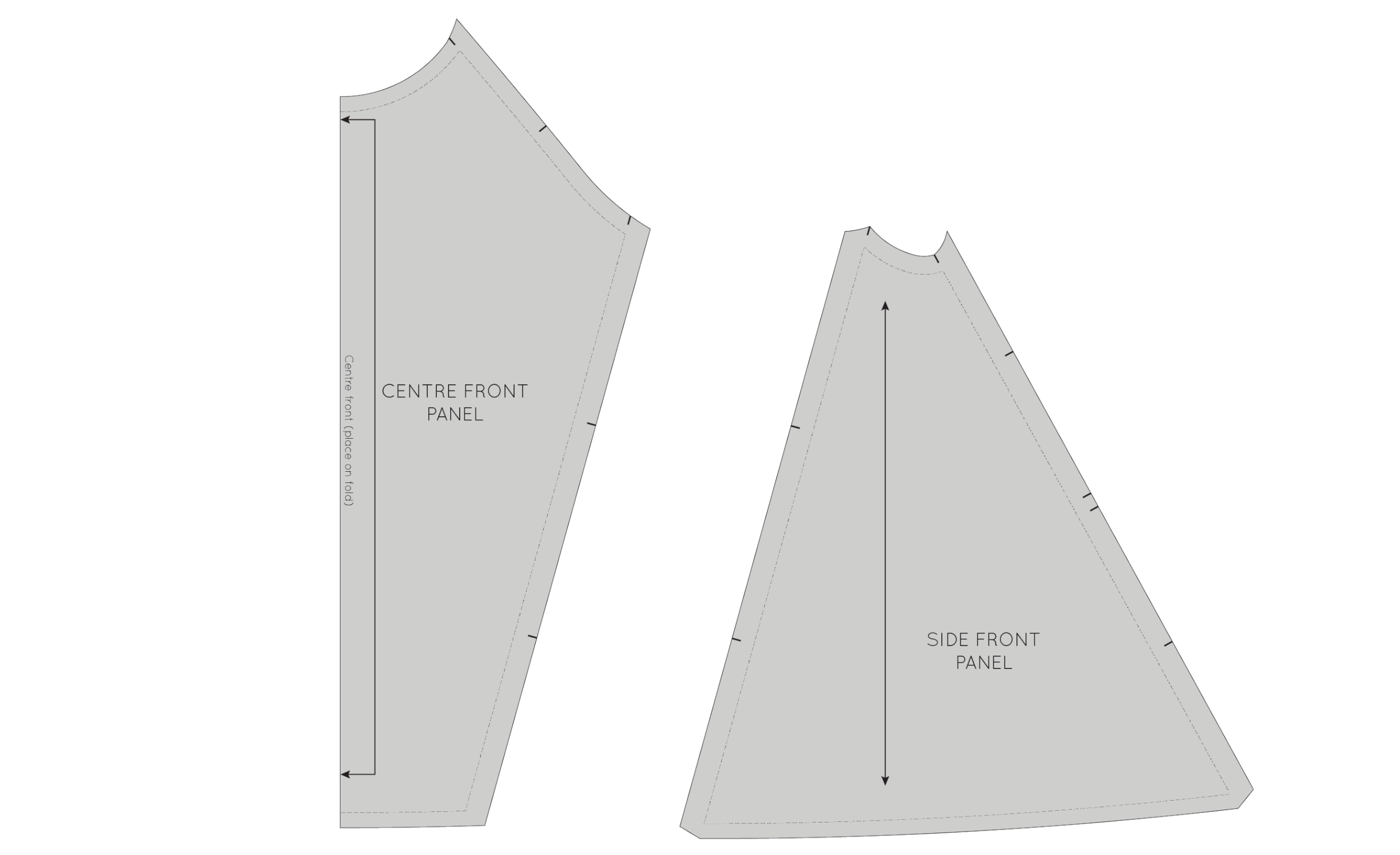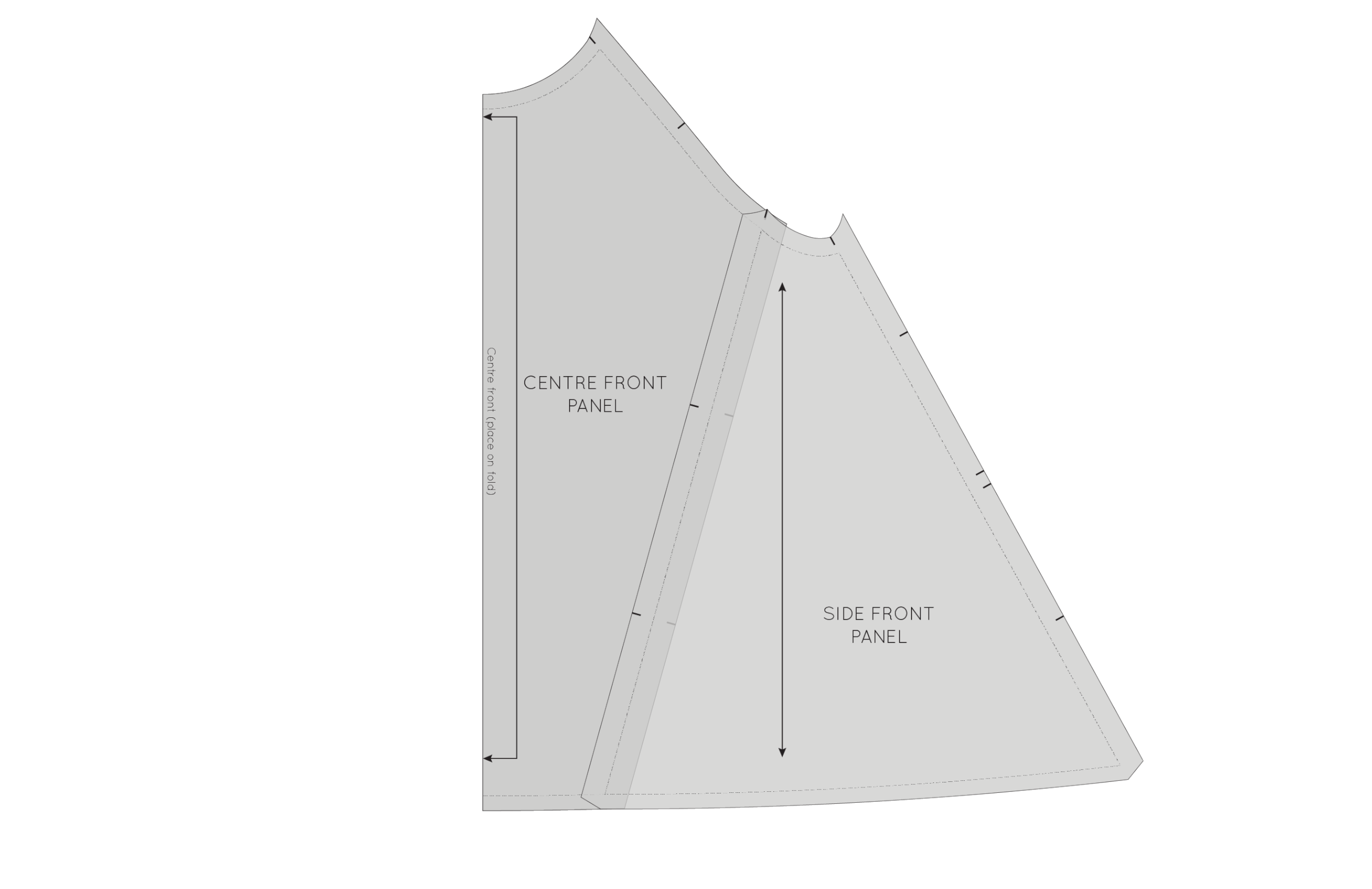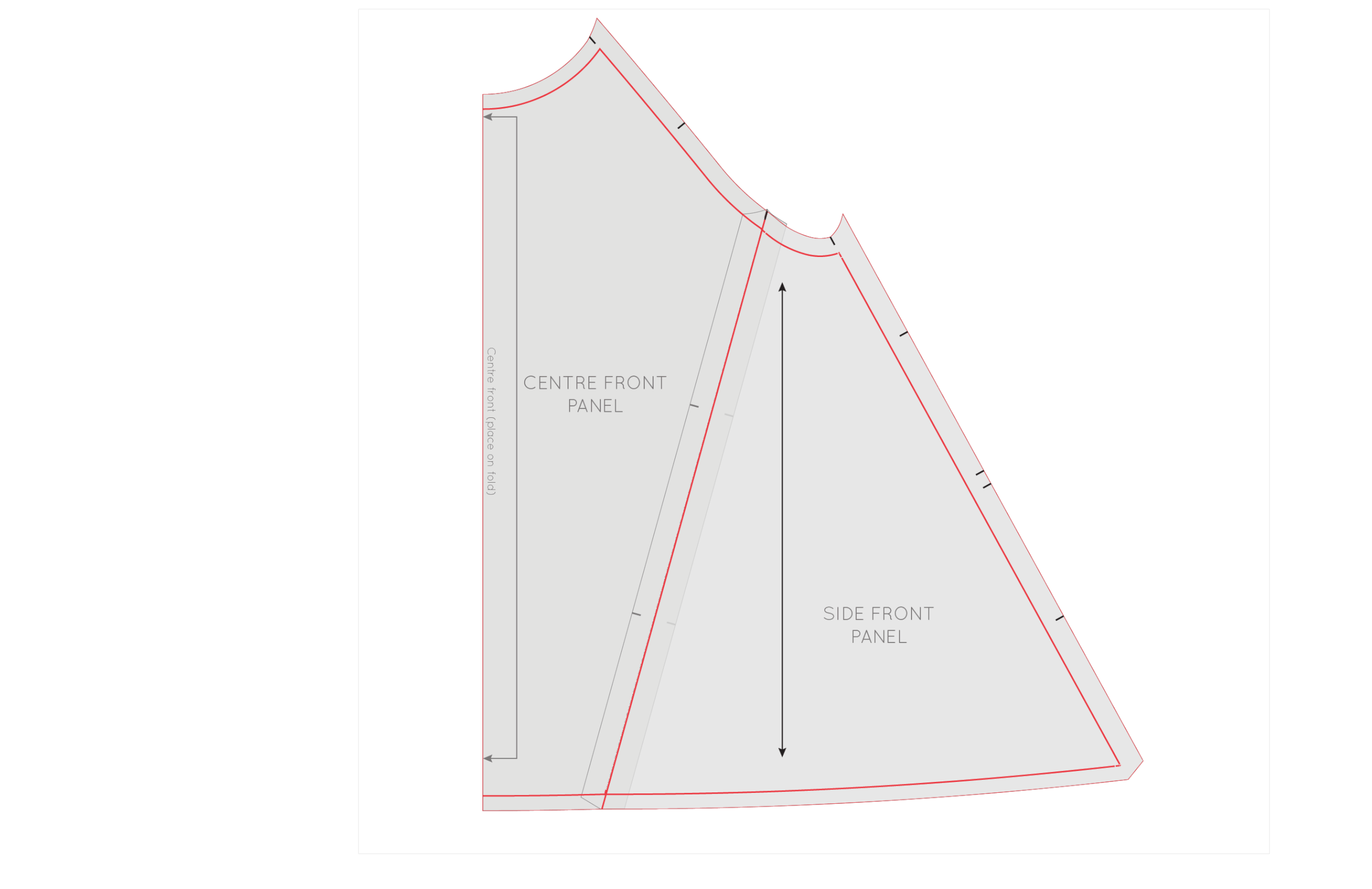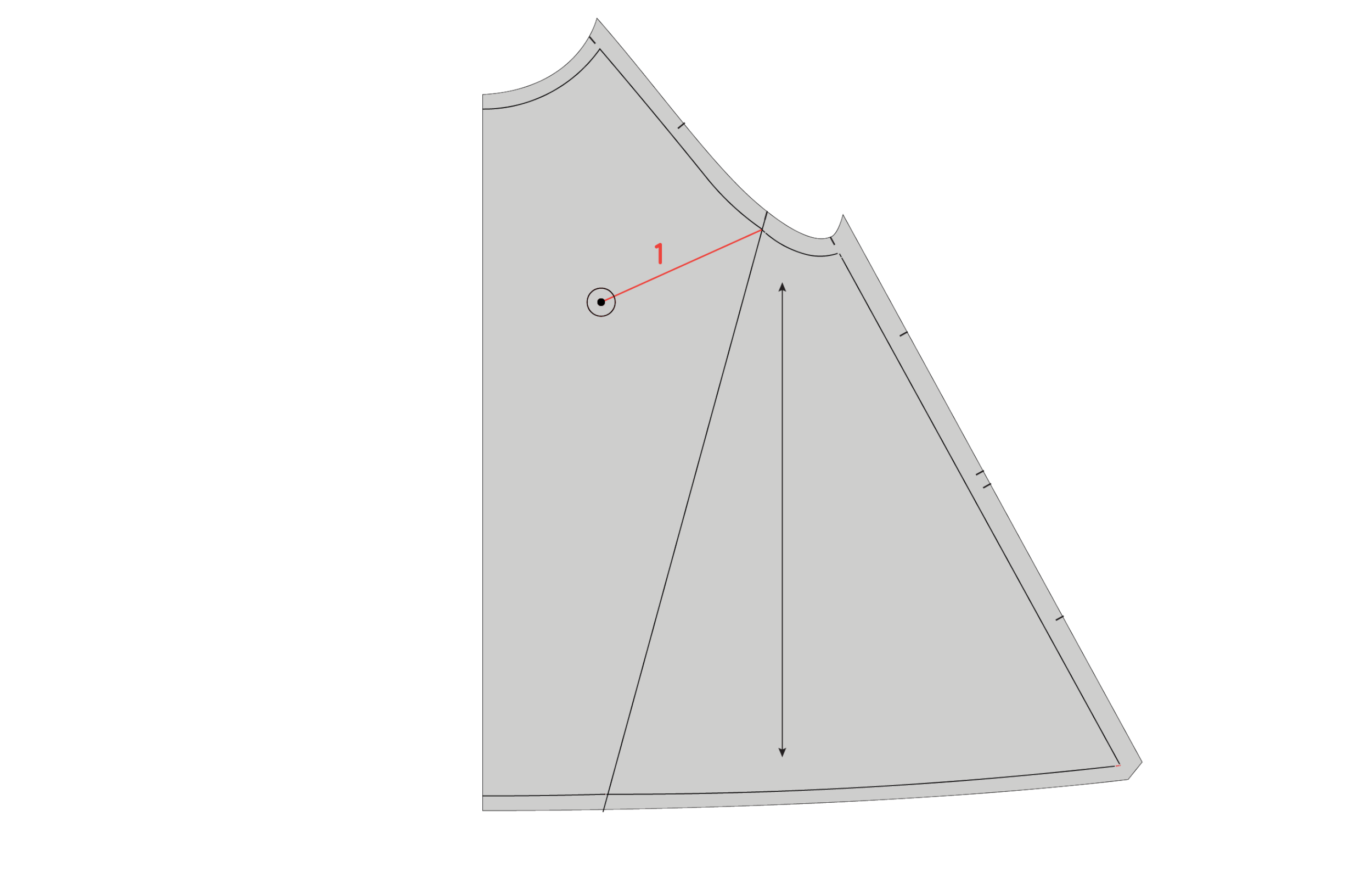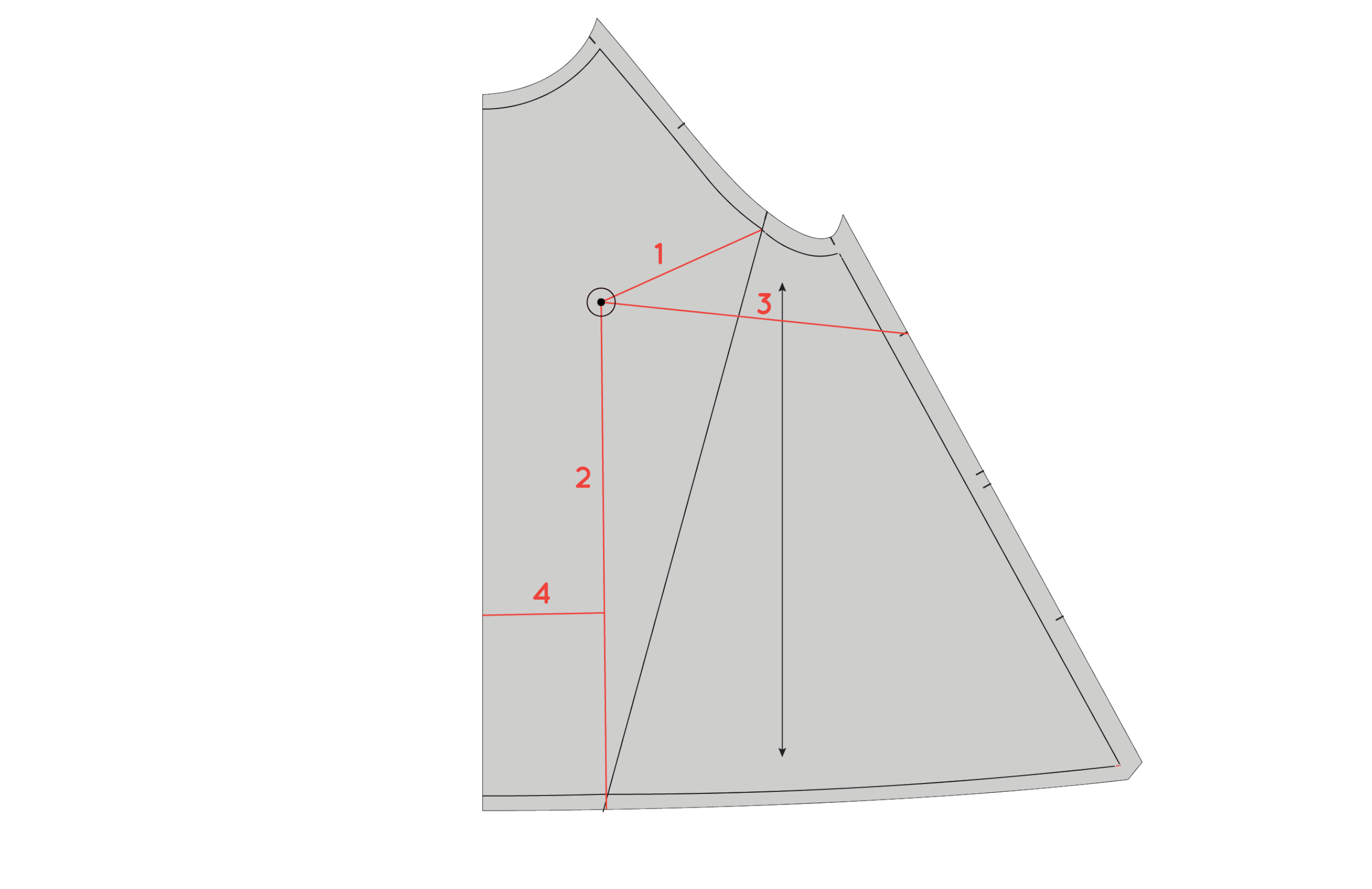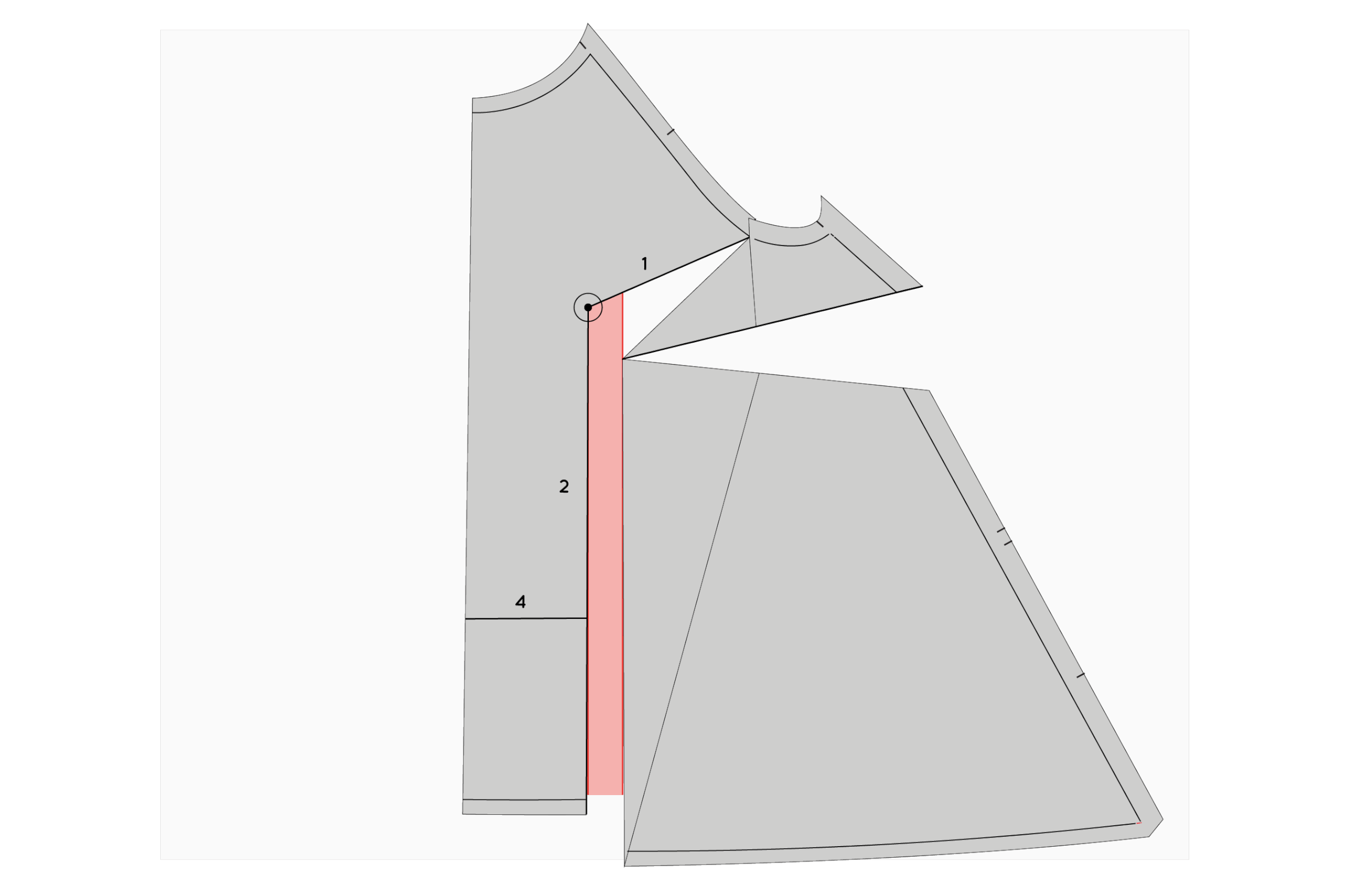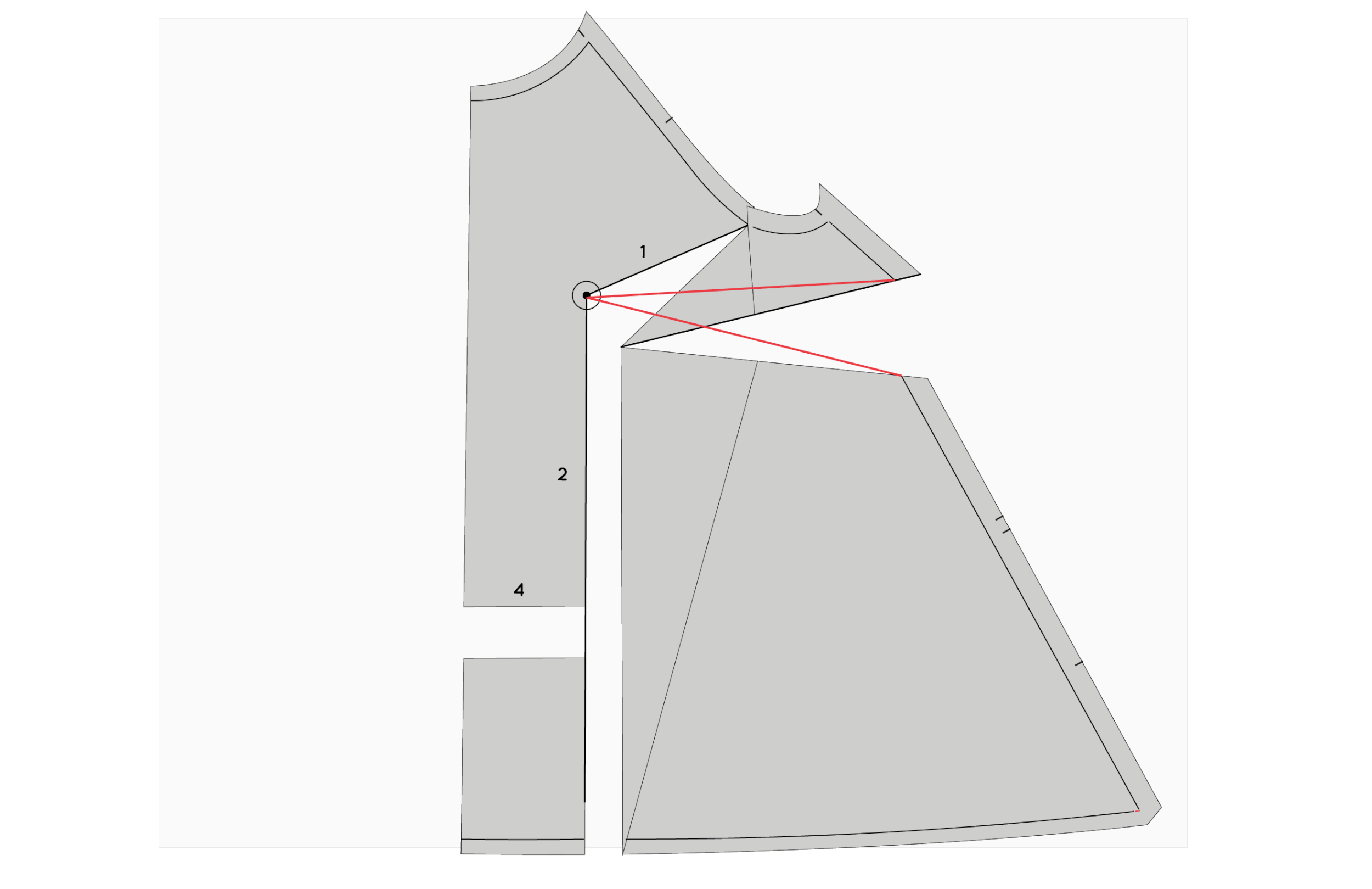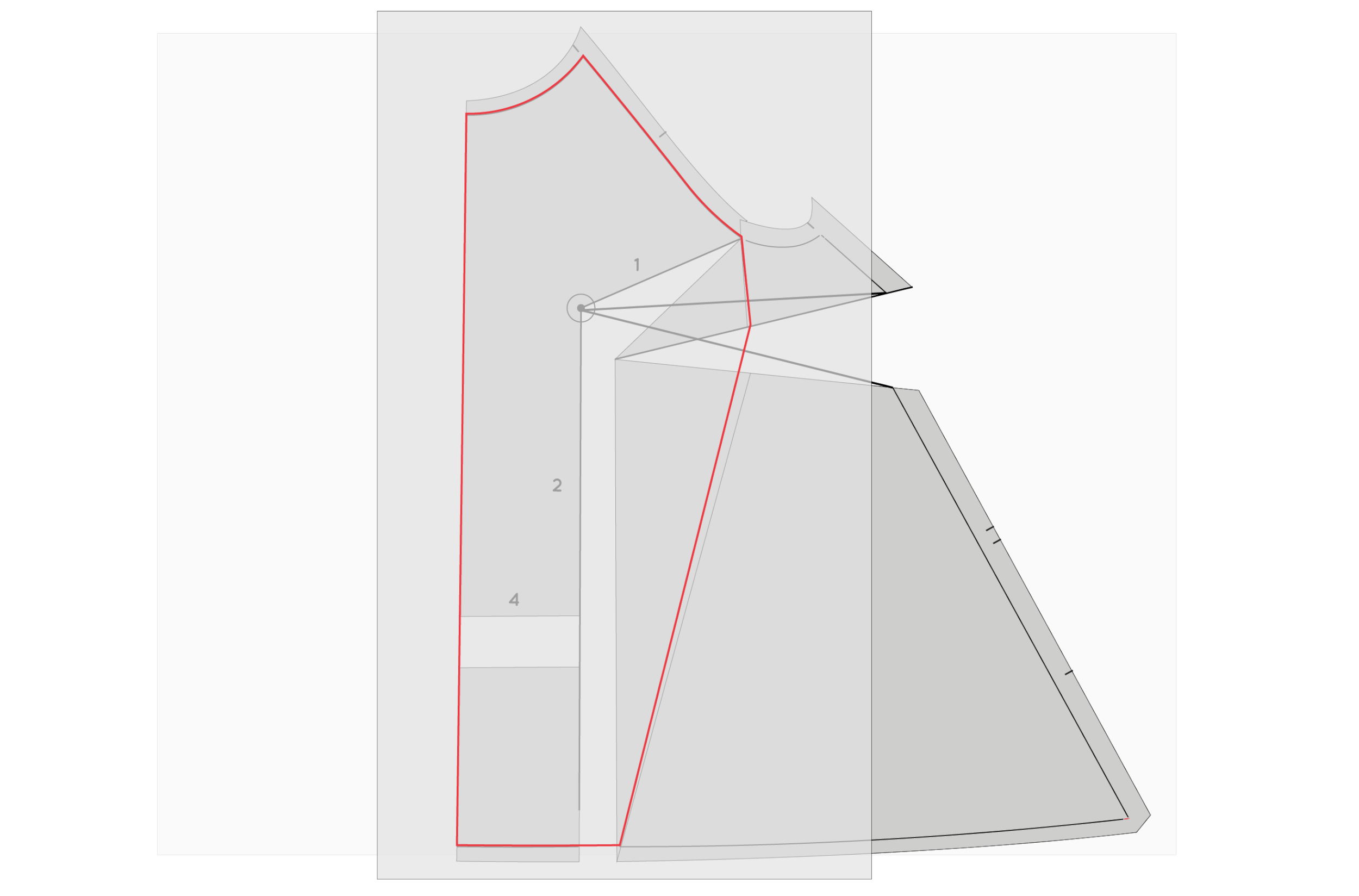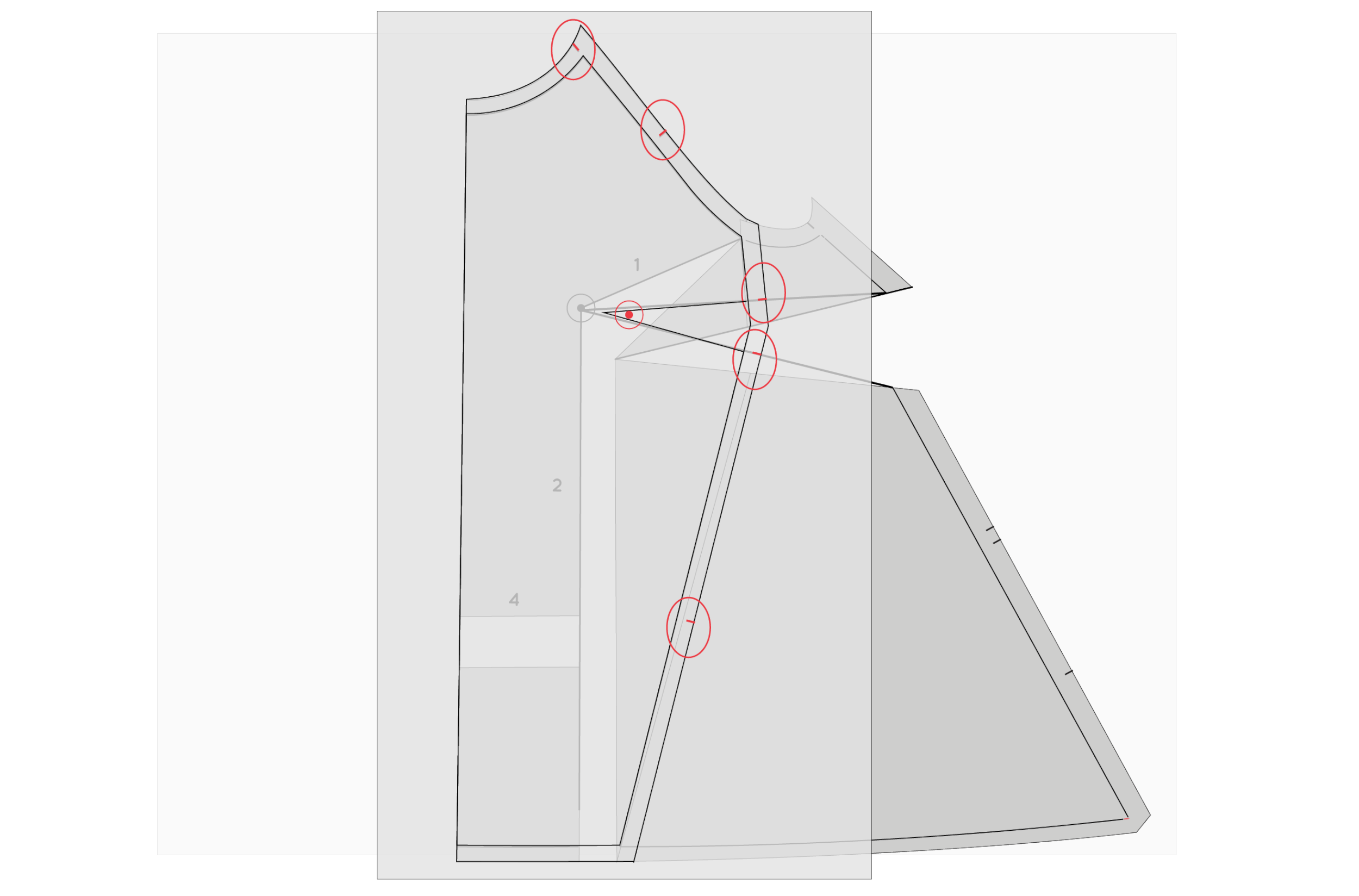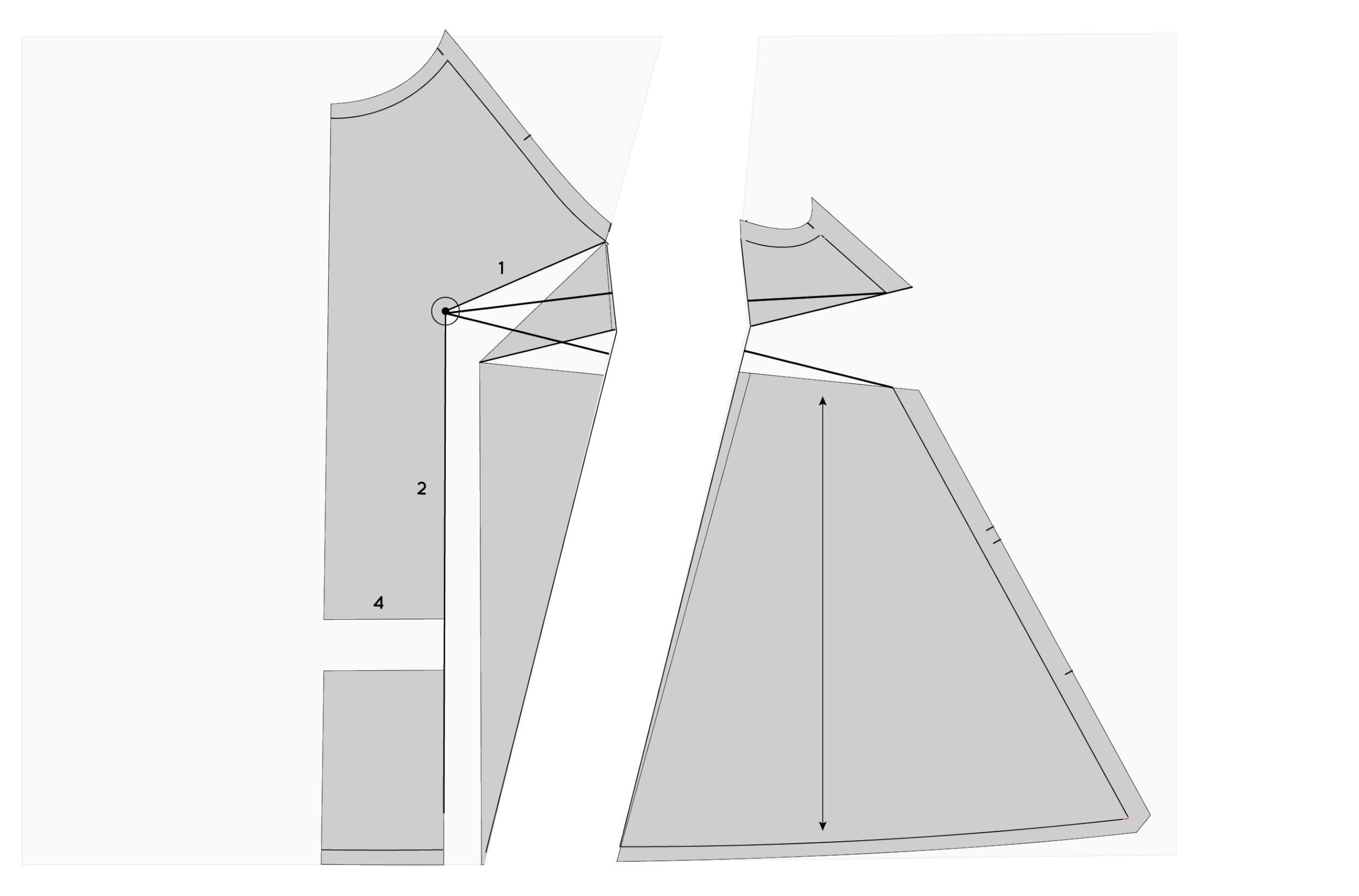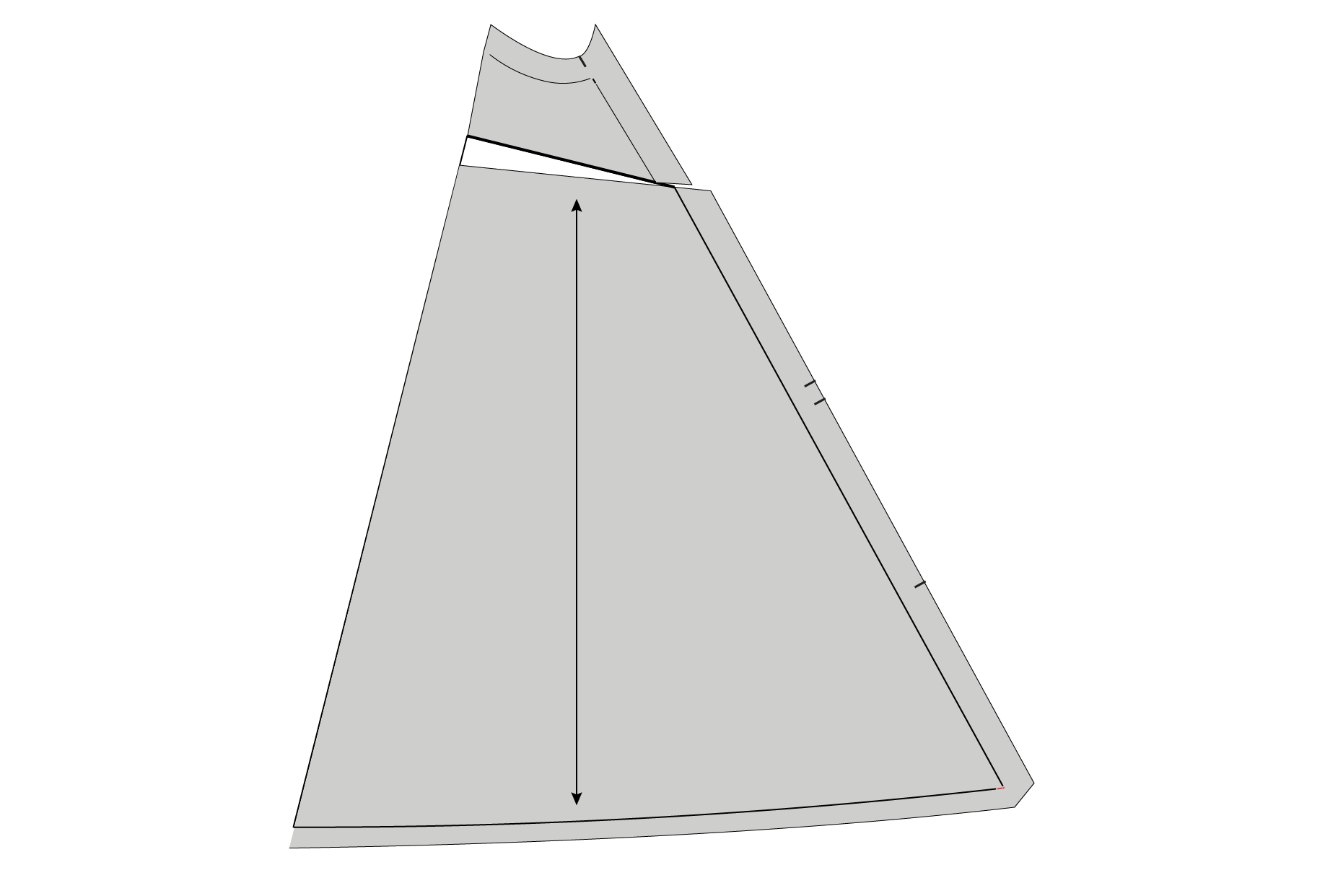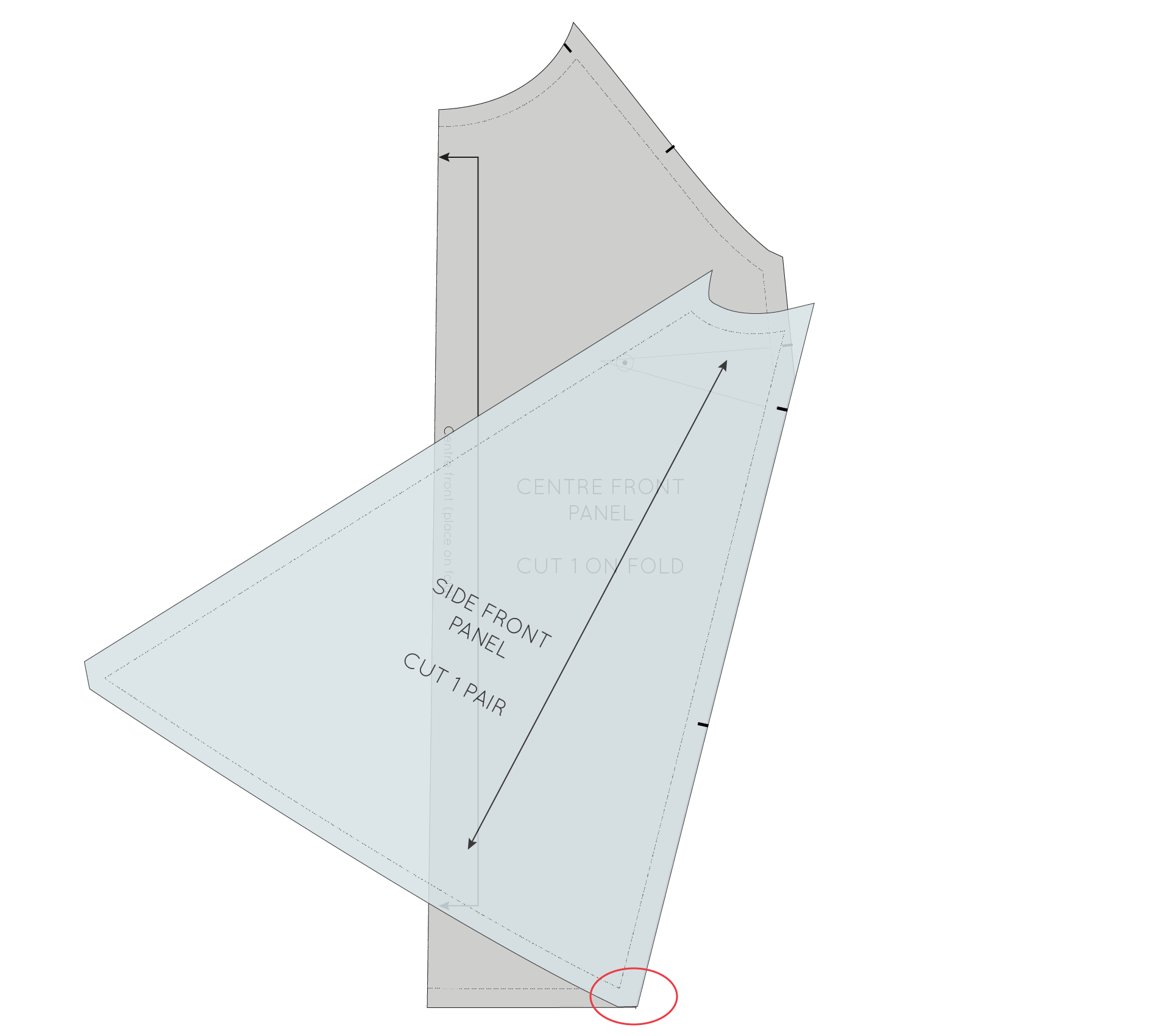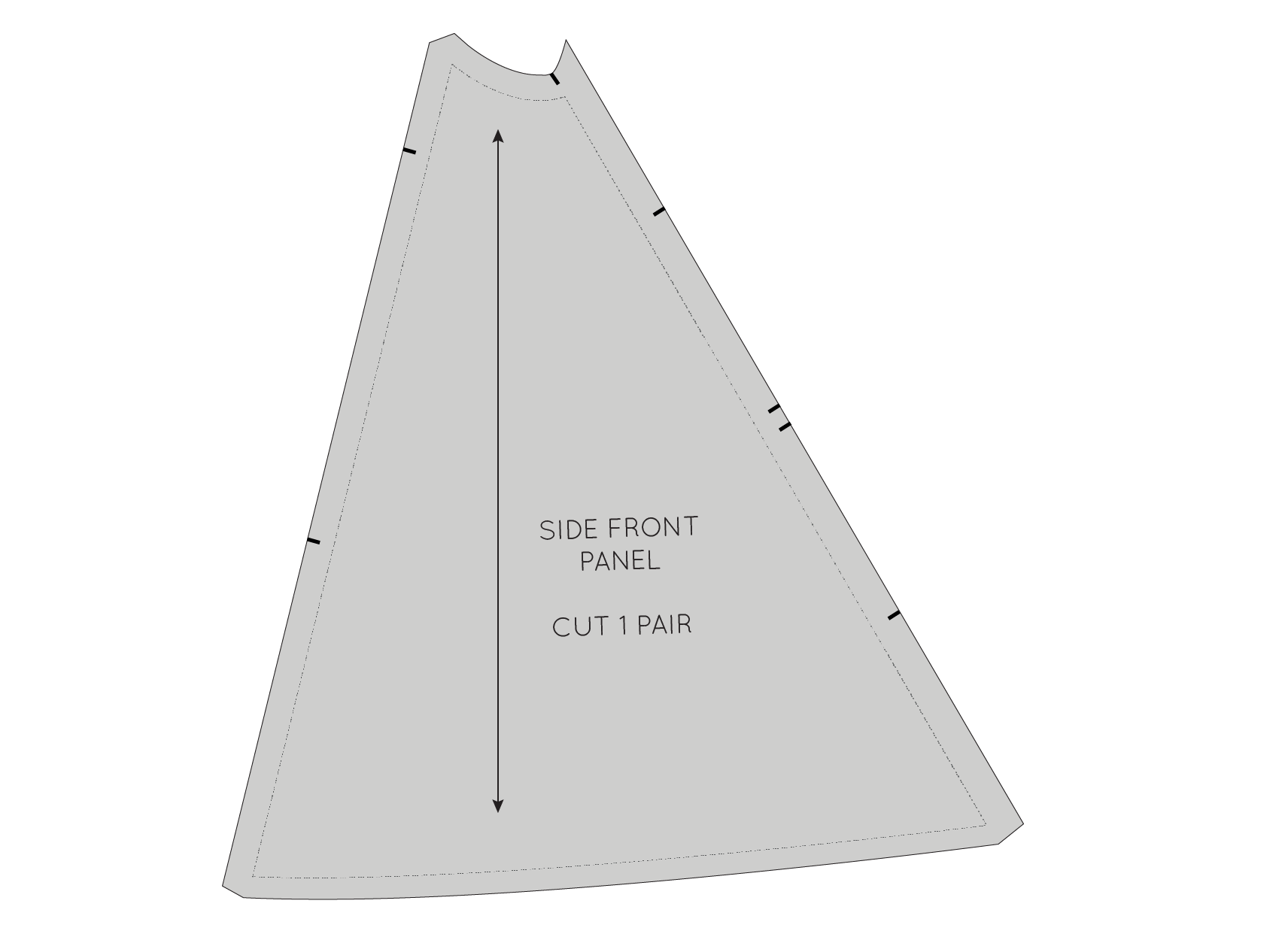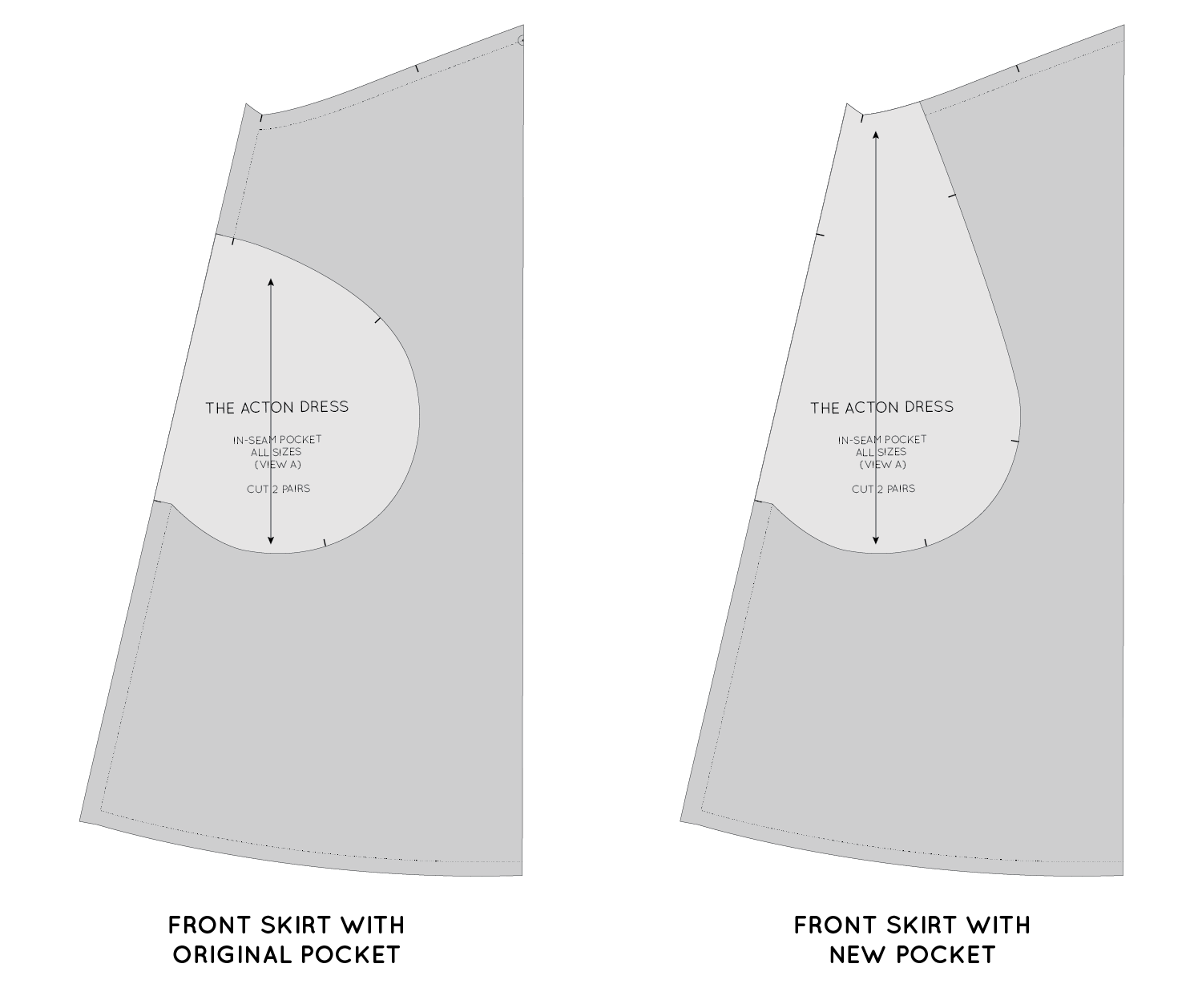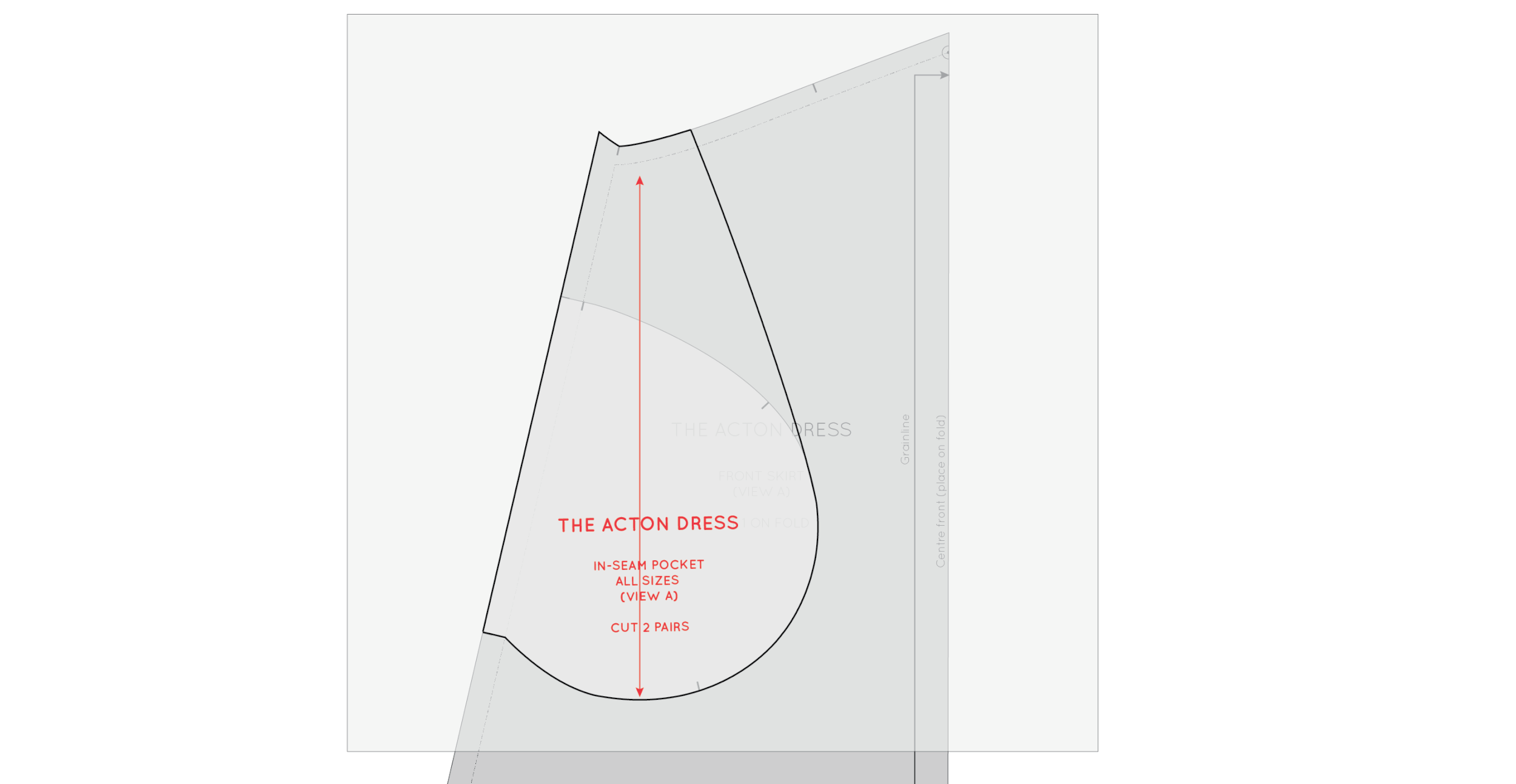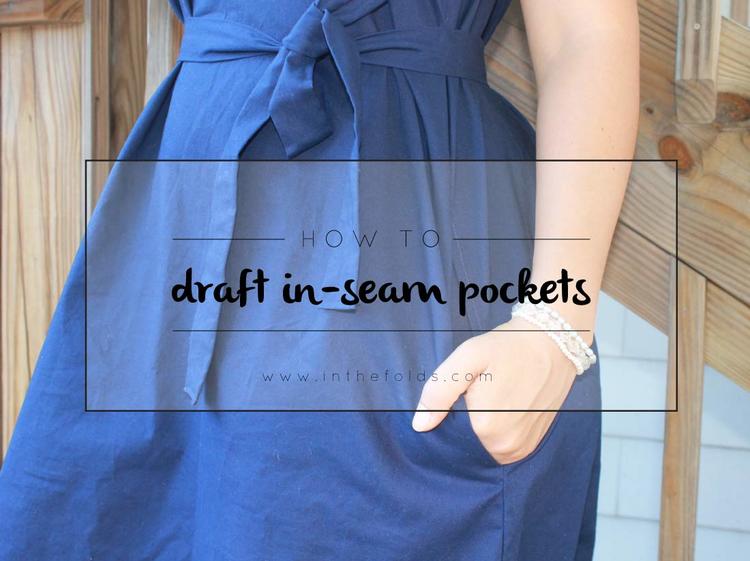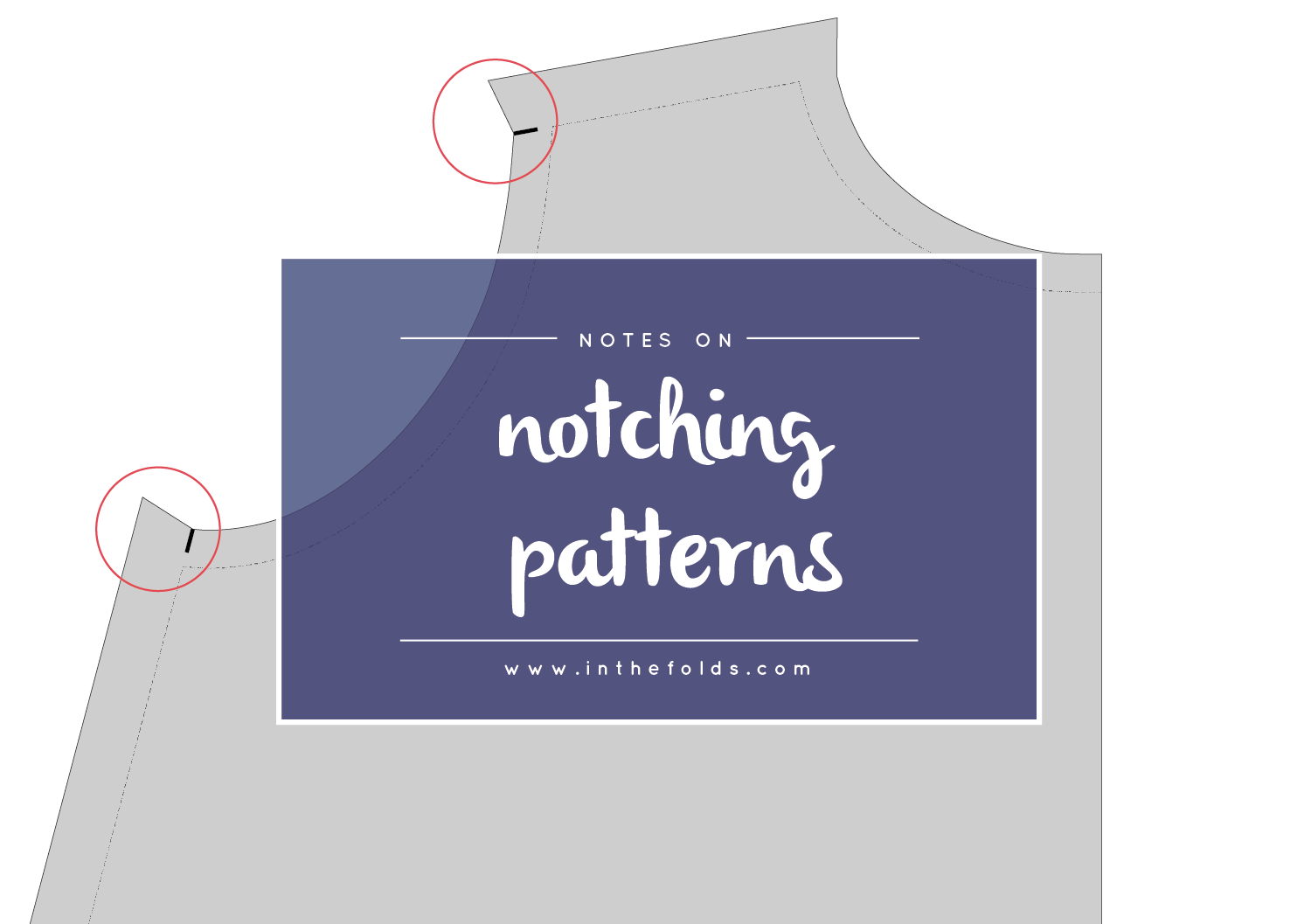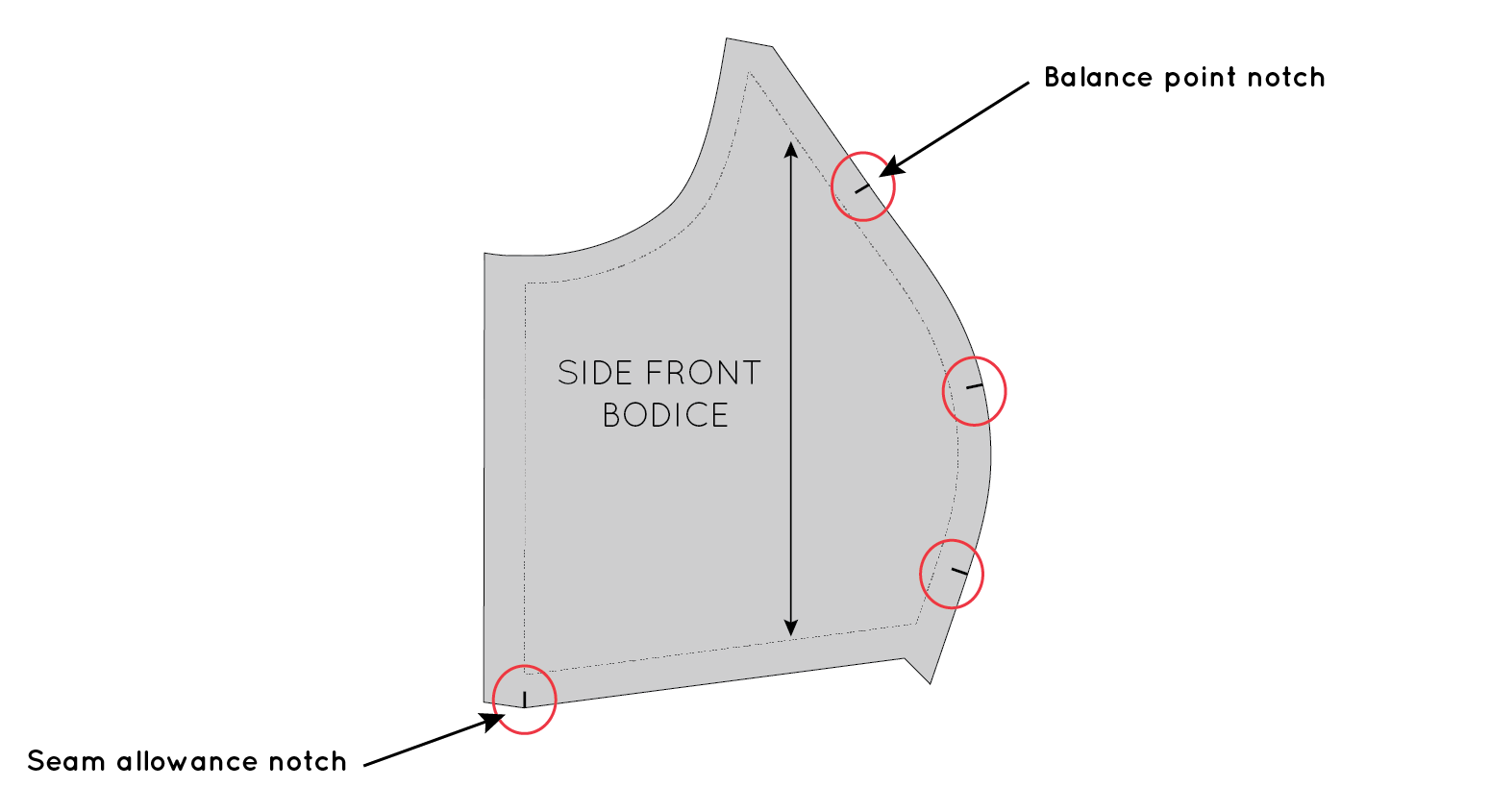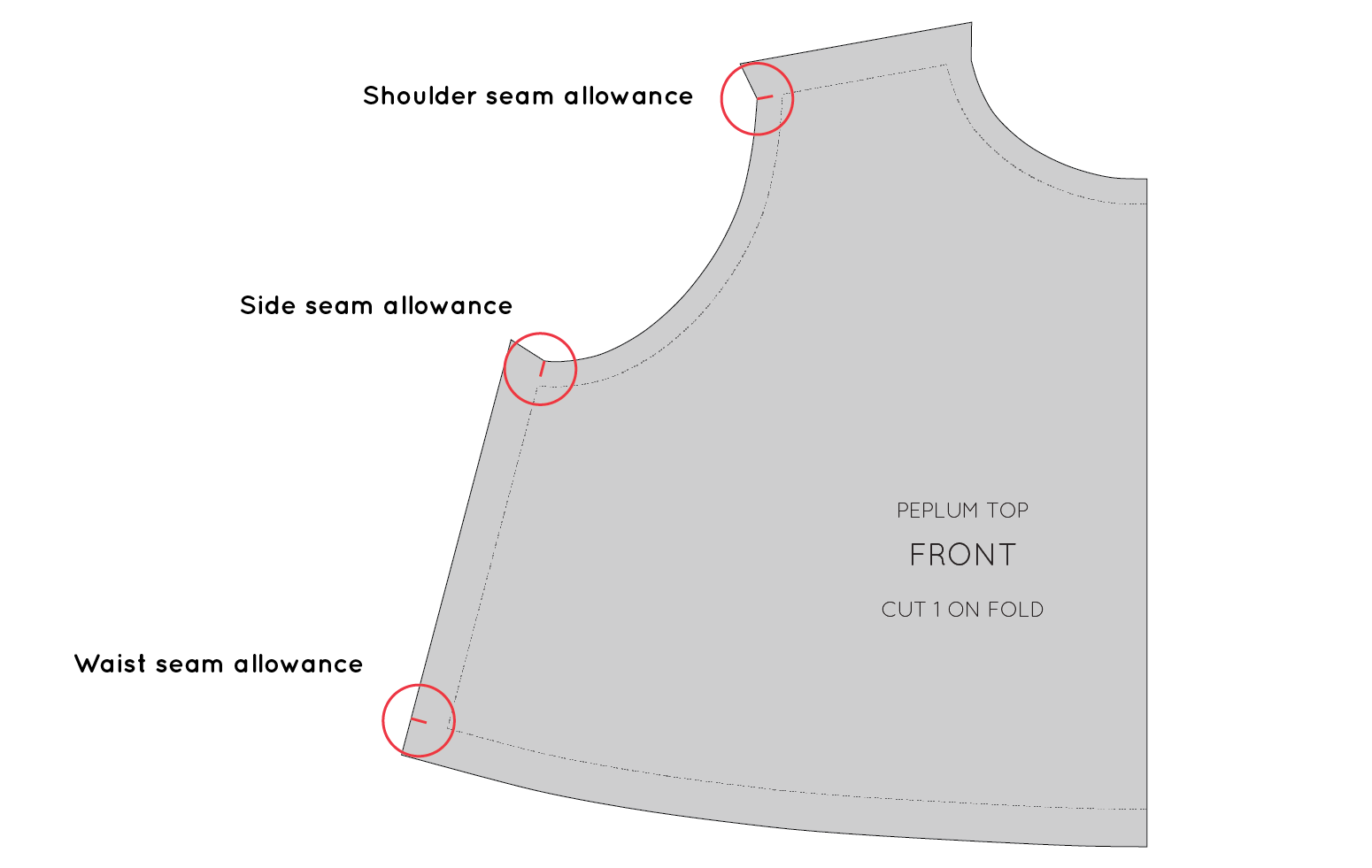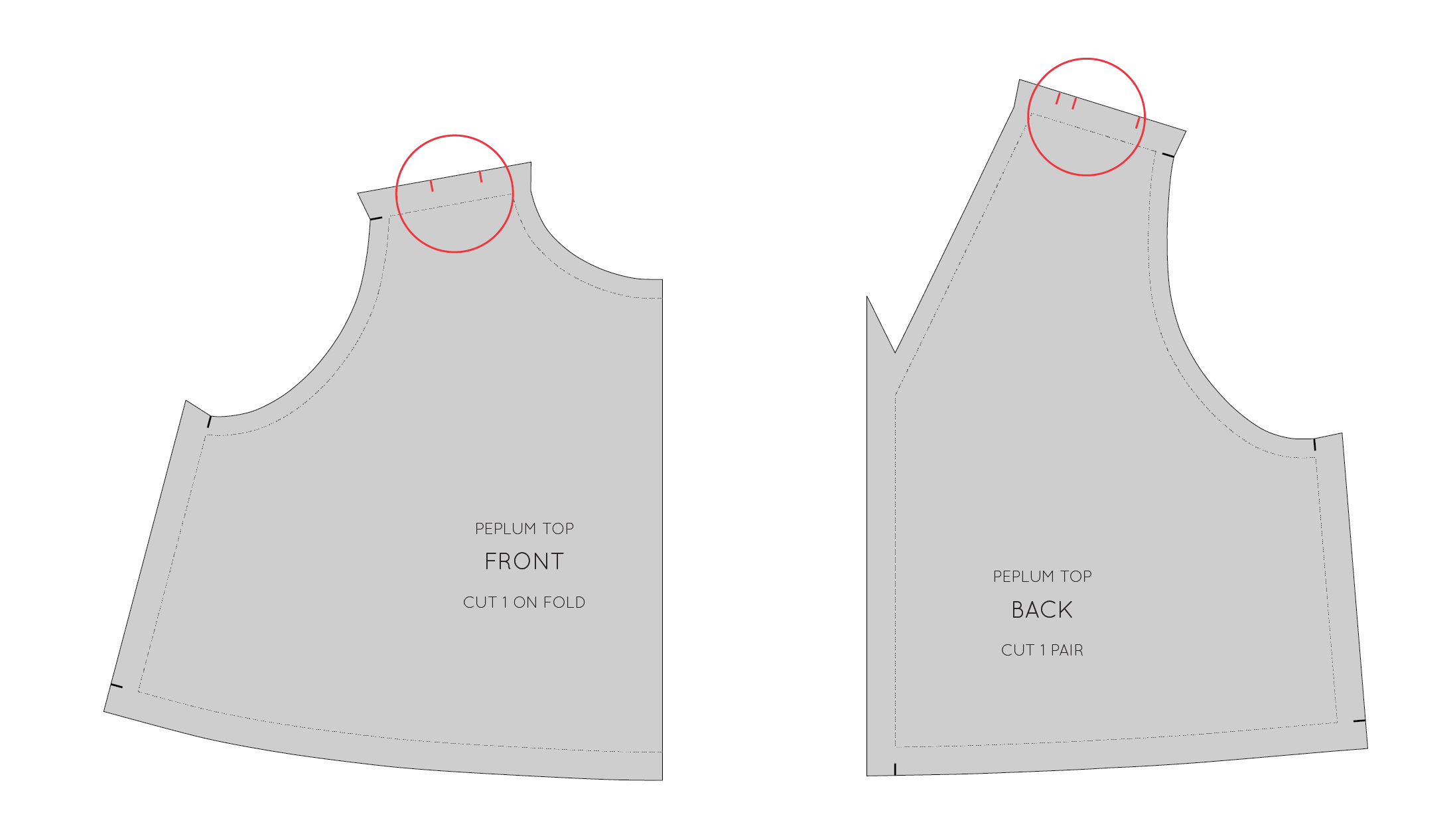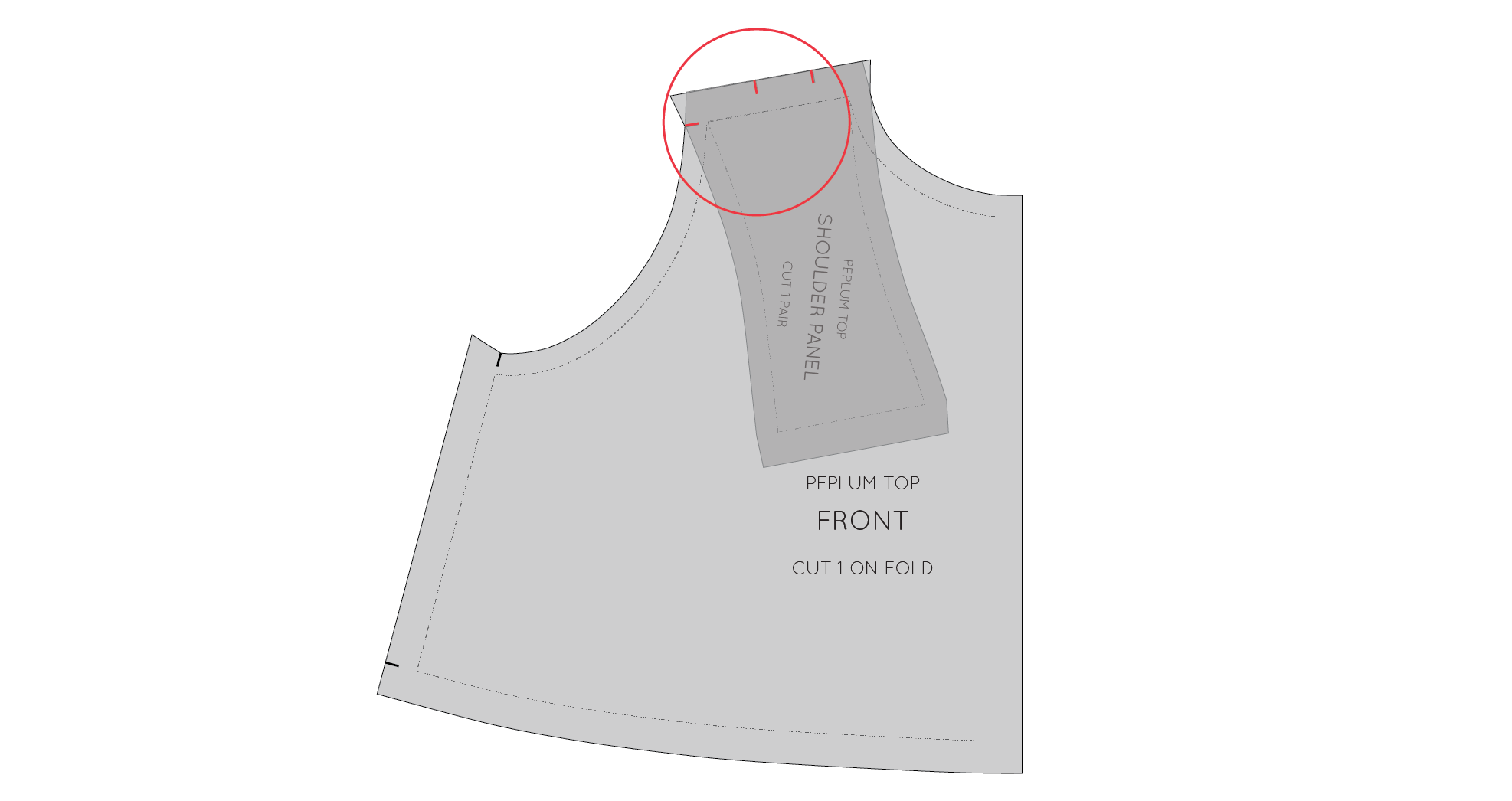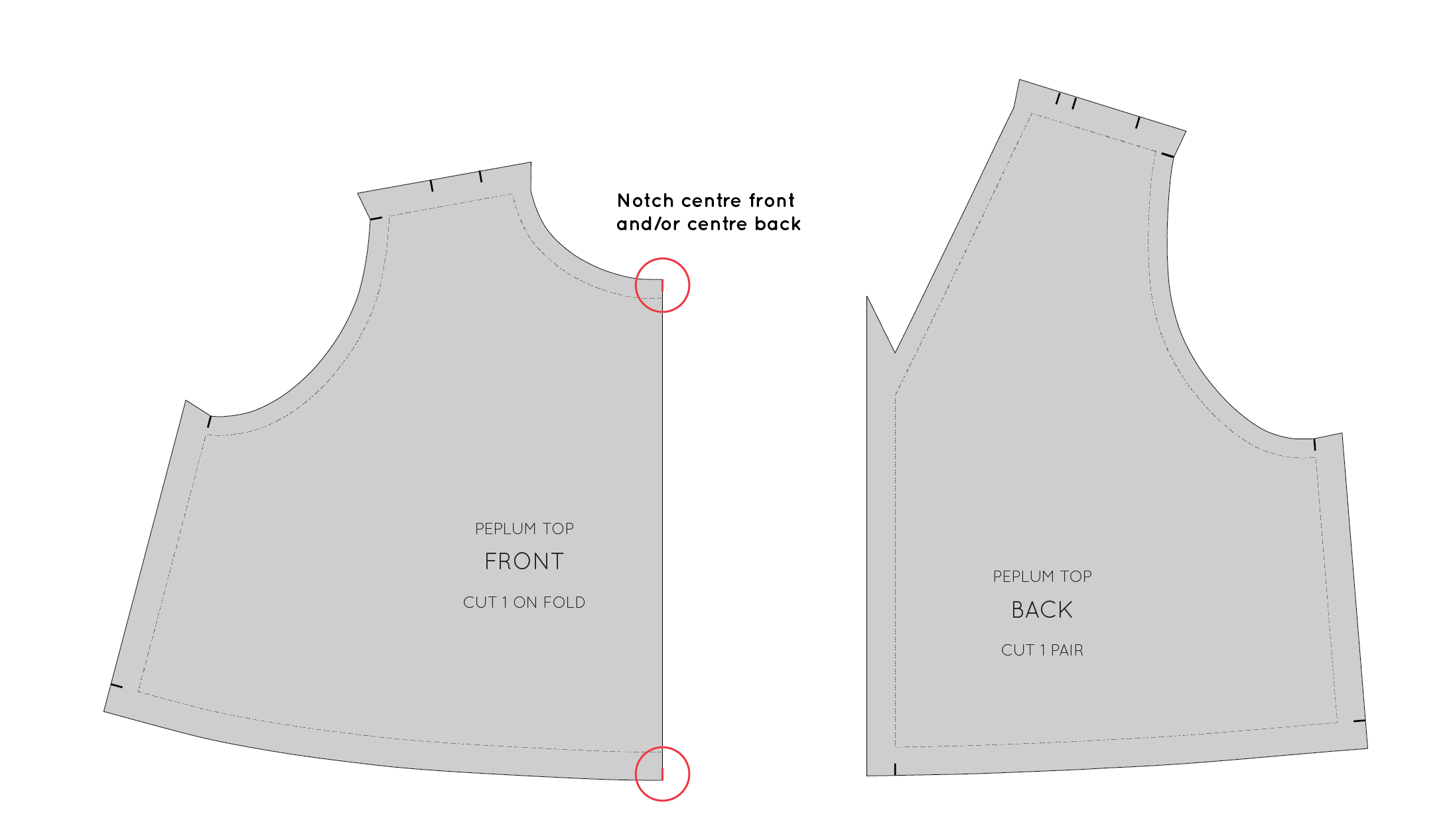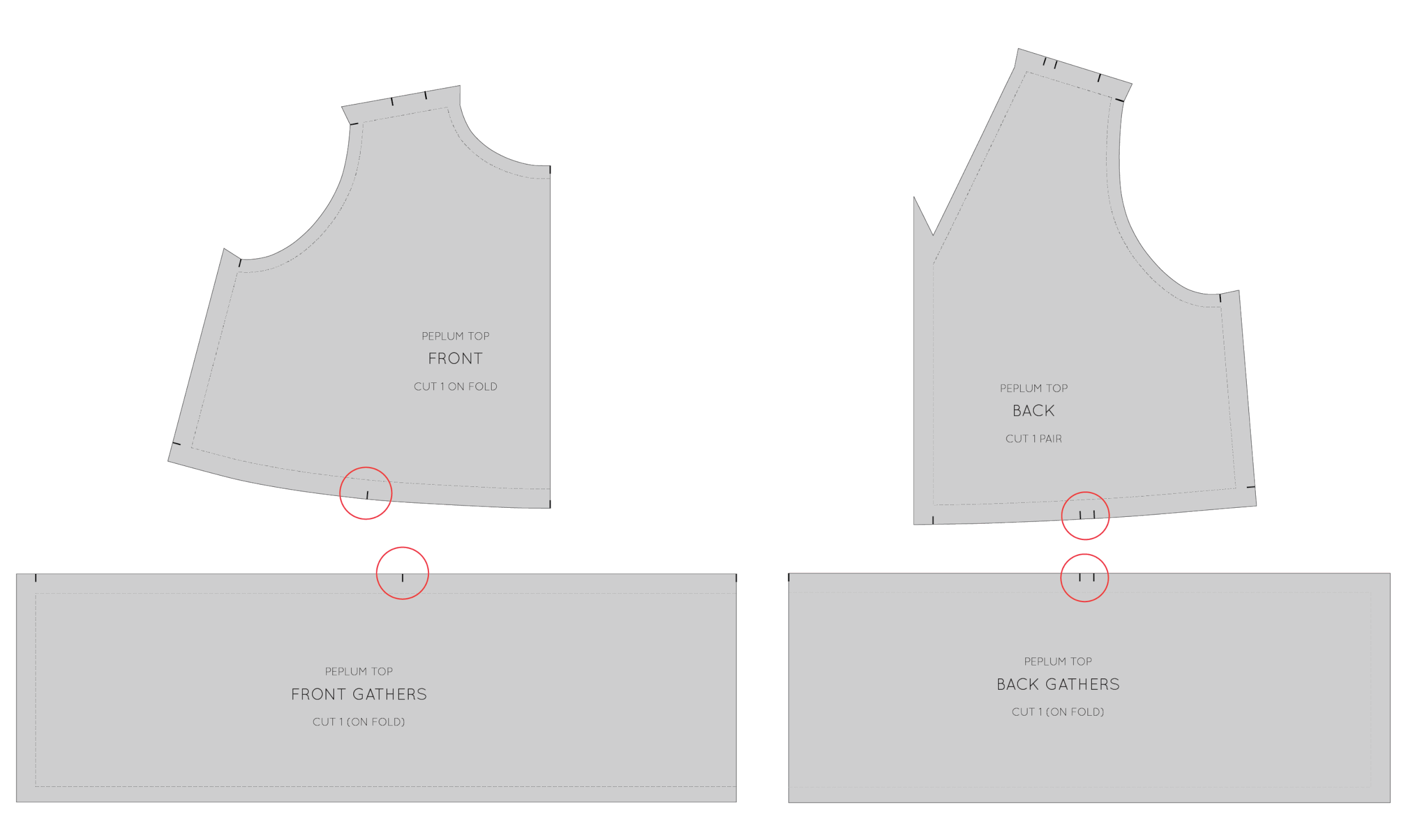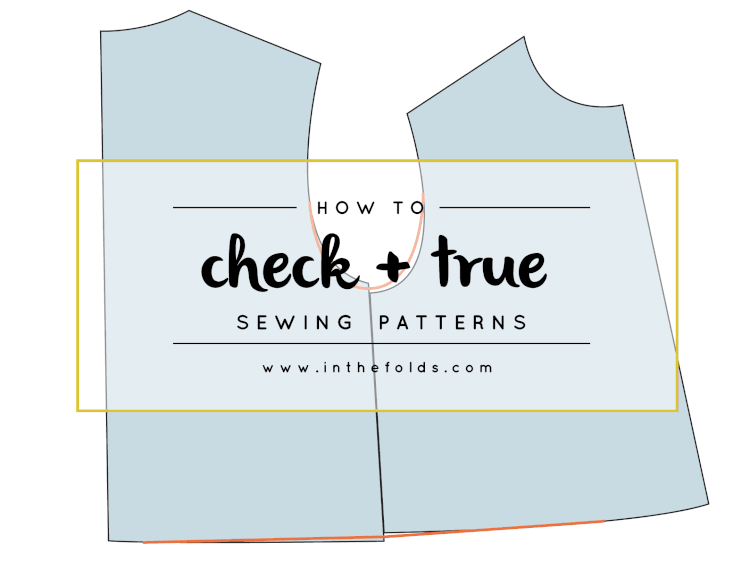A notch is a small cut in the fabric (or a triangle on some commercial patterns) that help guide you while you are sewing. They are used to indicate seam allowance, dart arms, the location of design details, such as pleats, tucks, gathers, hems and pockets, or indicate key points on the pattern (like the centre front or centre back). Notches are also used to indicate balance points (points on your pattern that help you sew the right pieces together, as well as help you when you are sewing long or curved seams).
Why use notches?
If you are drafting your own patterns, you will be wanting to add notches to your patterns to make it easier to assemble the garment. If you are clever about where you put them, having well placed notches can help you assemble a pattern without instructions (which is handy if you are drafting your own patterns, as you won't have any!). Notches will help you know which piece is the front or back, what seam allowance is required and if there are any special design details such as pleats.
If you are designing patterns for other people, I think it is even more important for you to take the time to notch patterns correctly. I know the way I notch my patterns is an aspect that people really like about my patterns. They act as little markers along the way that let you know you are putting the garment together correctly. I remember one of the women that tested the Rushuctter pattern for me said she felt that each time she reached a notch, she felt like it was a little tick to let her know she was going well. As designers, it's not just about making patterns that help sewists make beautiful clothing. It's also about making a pattern that creates an enjoyable and memorable making experience, and I believe that attention to detail is a great way to do this.
Where should I place the notches?
I thought it would make the most sense if I showed you one of my patterns and where each notch was placed, and why, and then you can apply this method to your own patterns. It really is very simple if you just add your notches in a methodical way. The pattern I am using for the example is the Peplum Top that I made in collaboration with Peppermint Magazine, that can be downloaded for free here.
Indicate seam allowance







